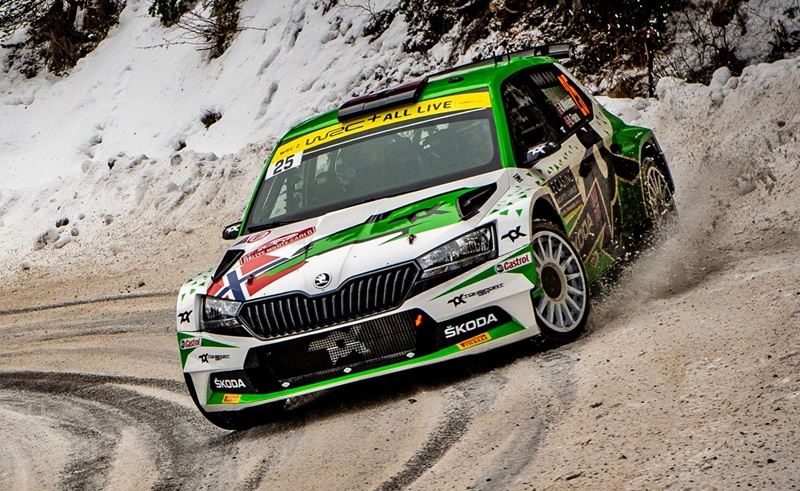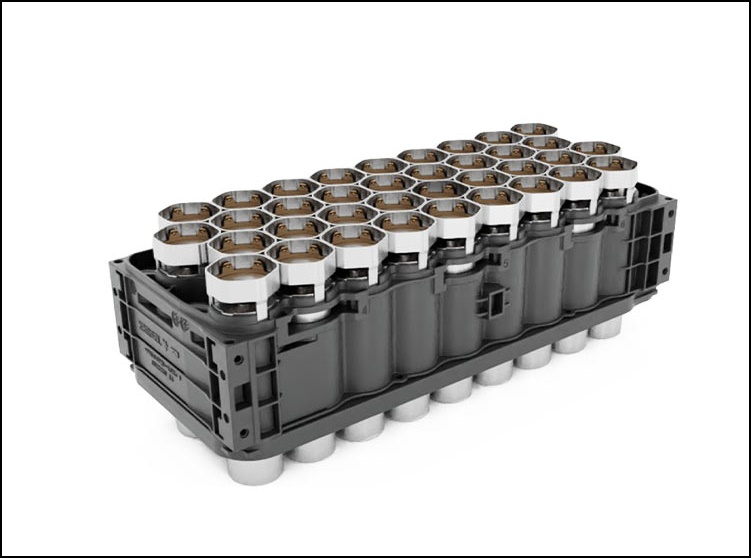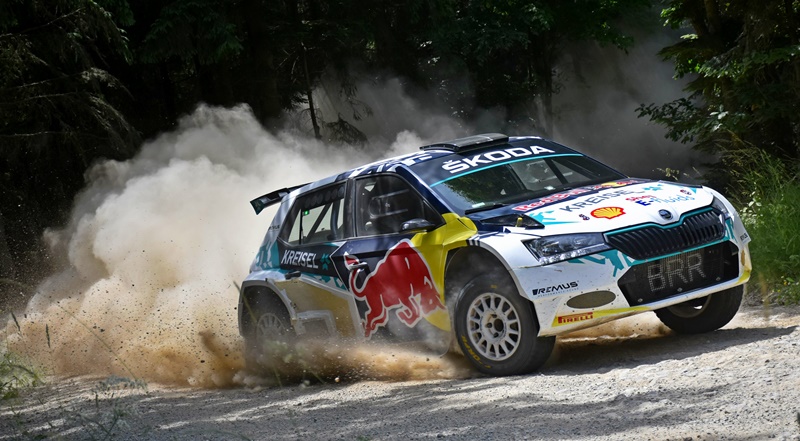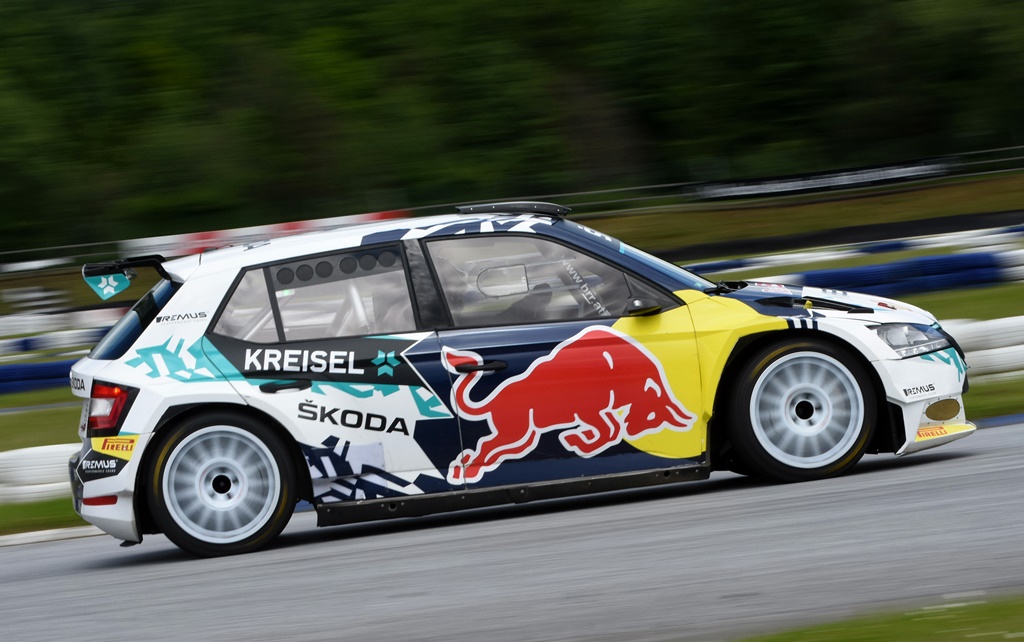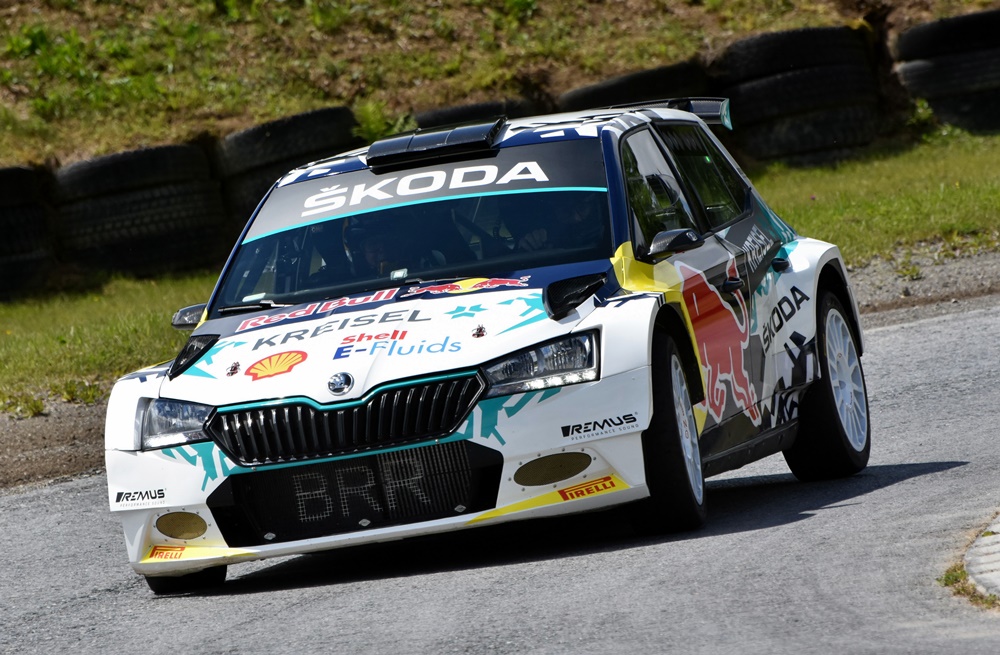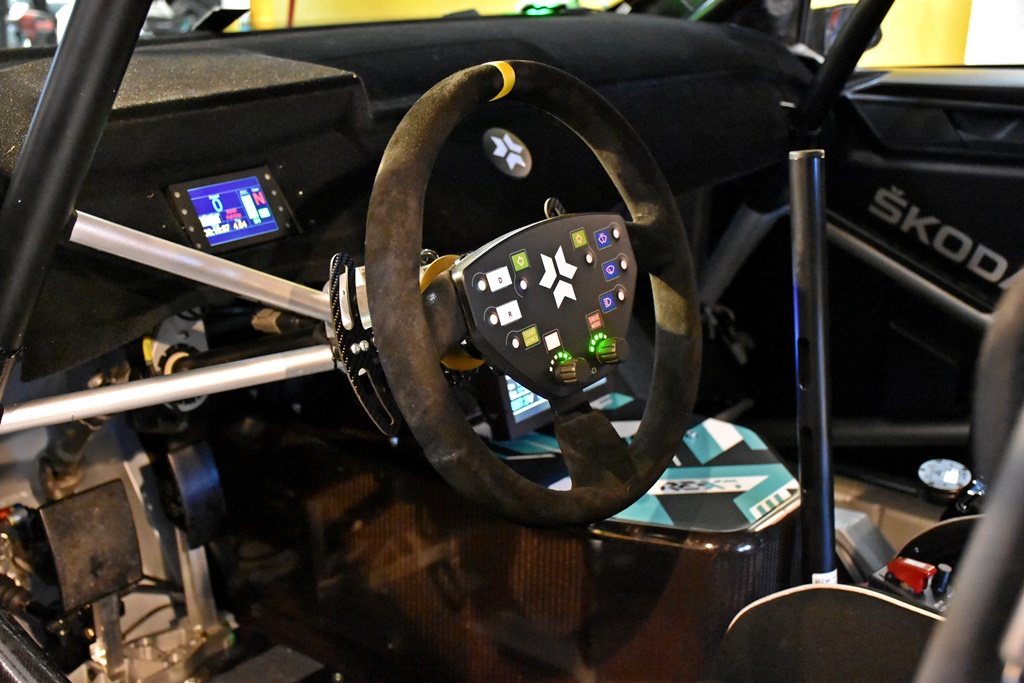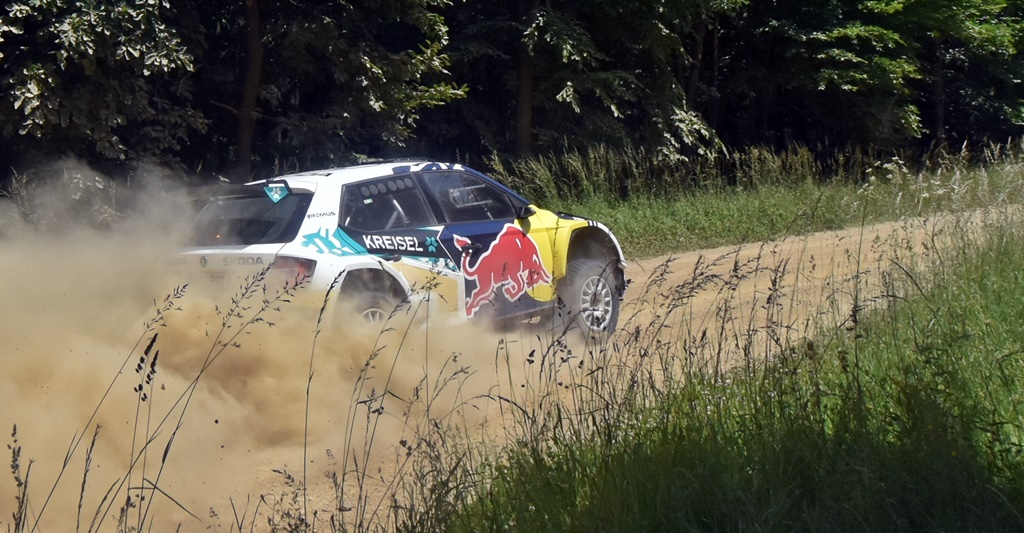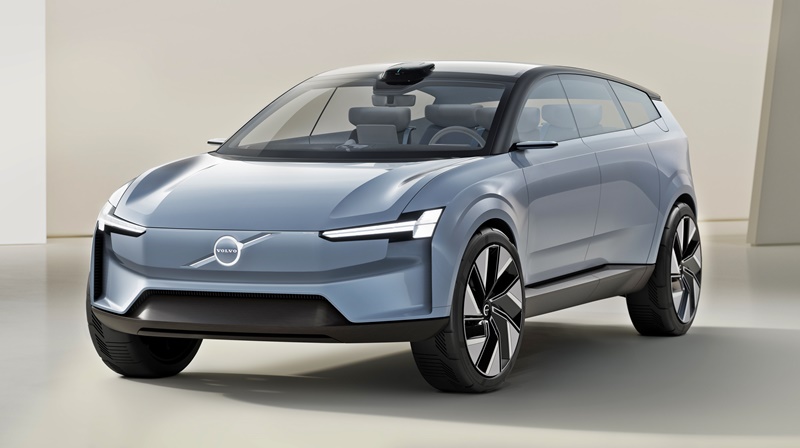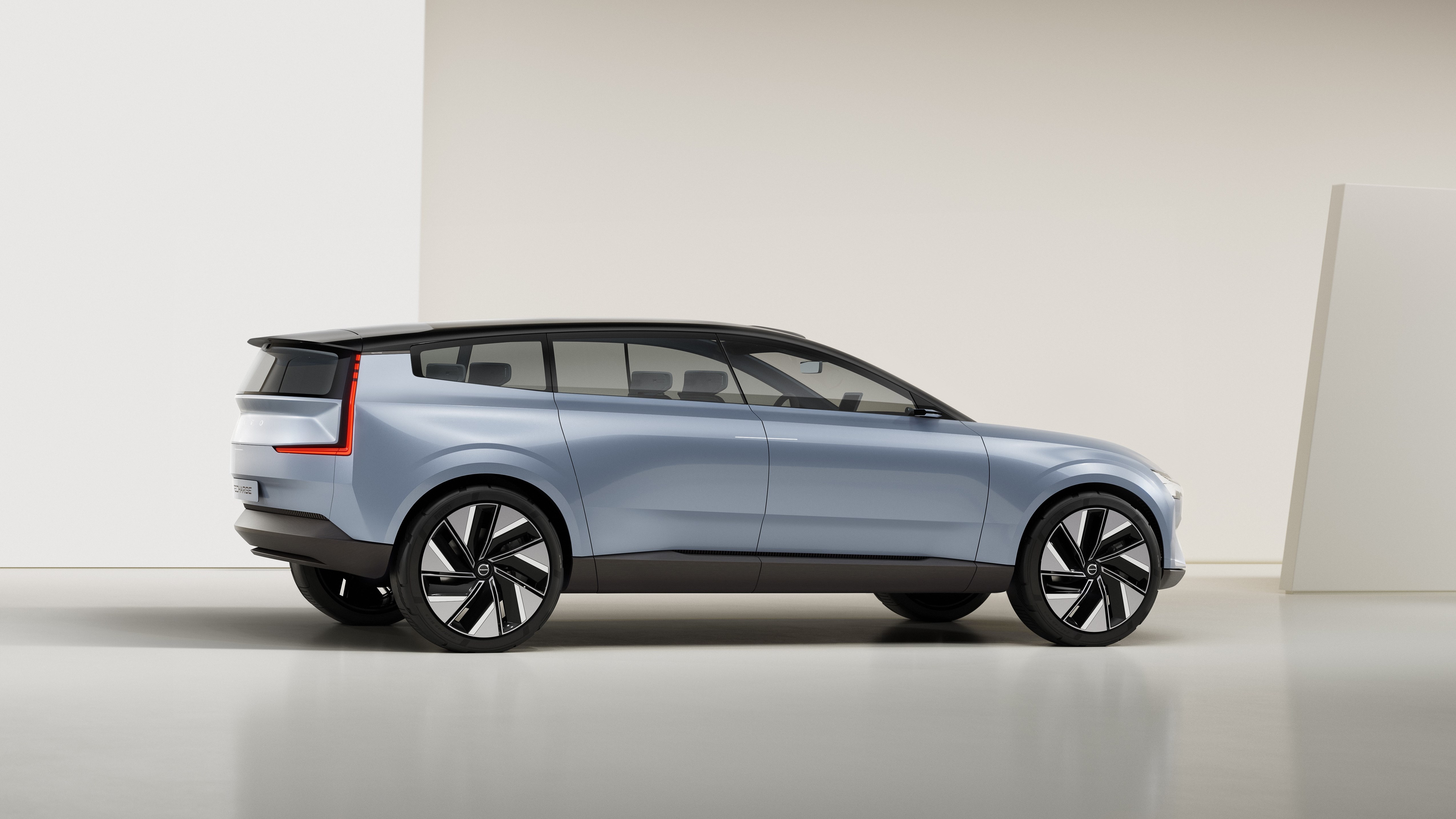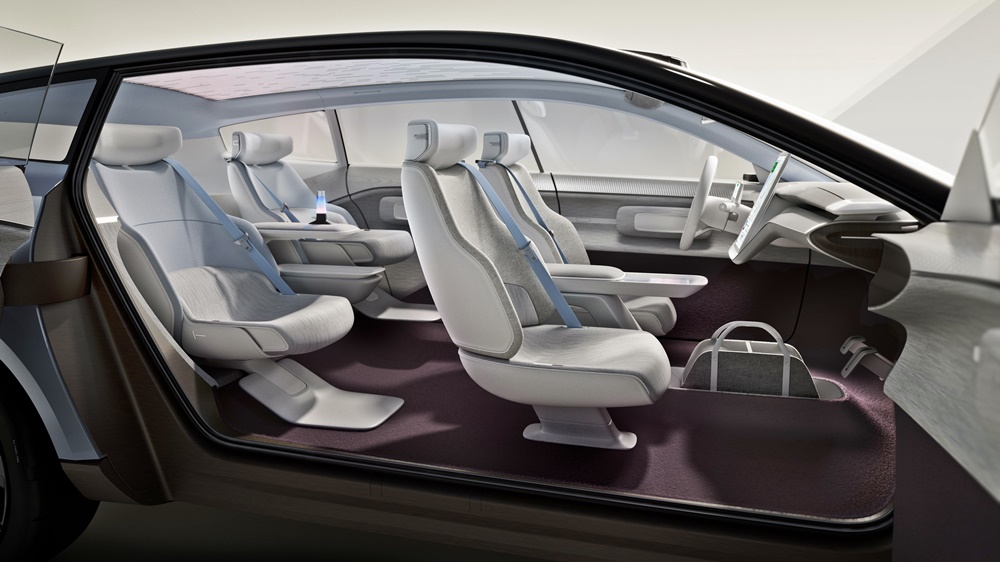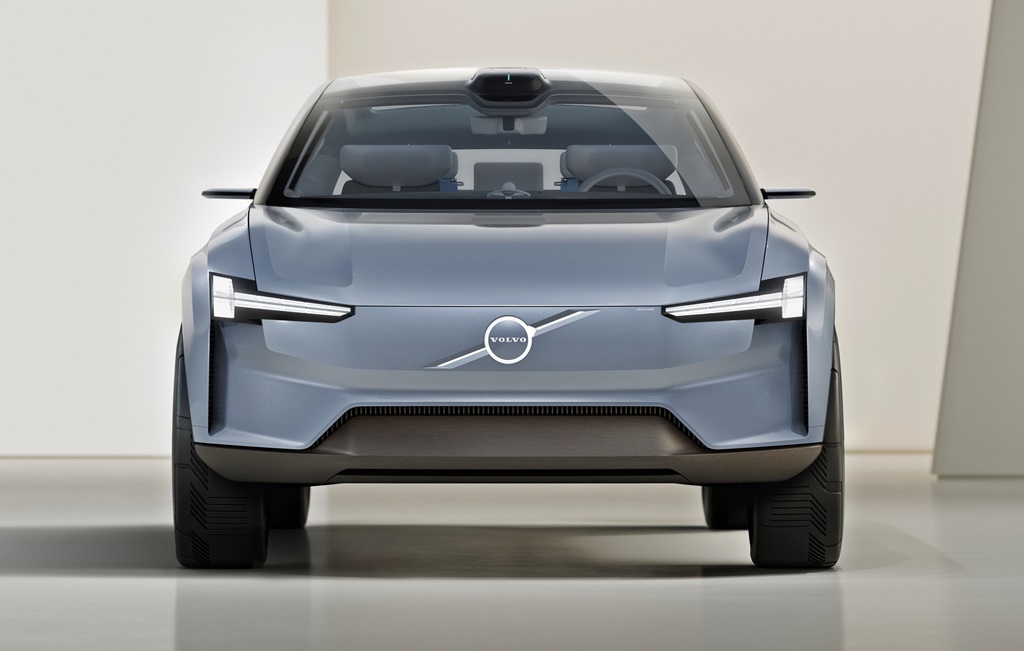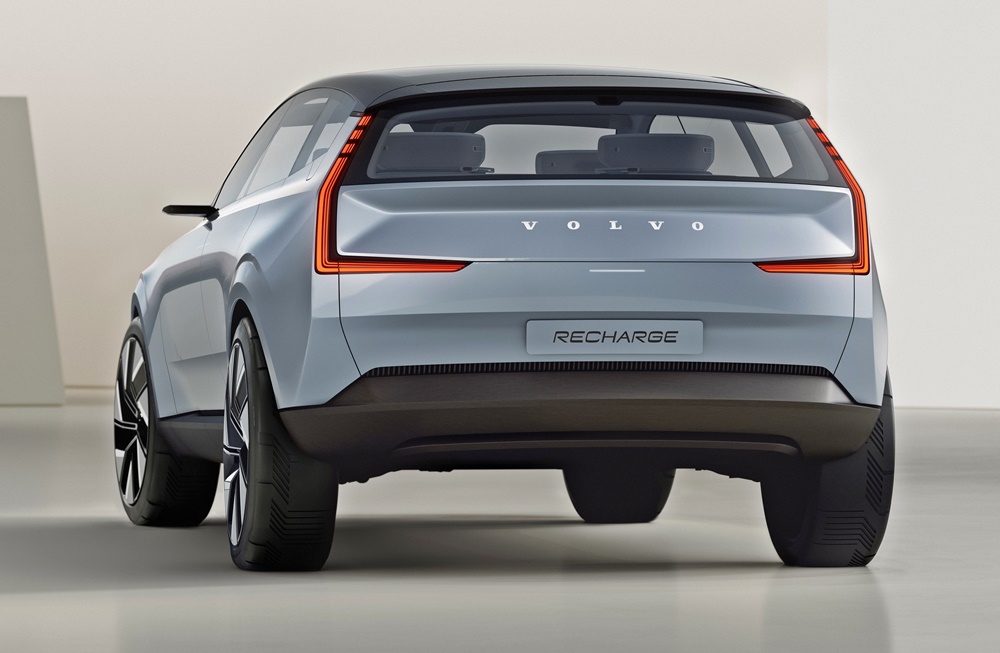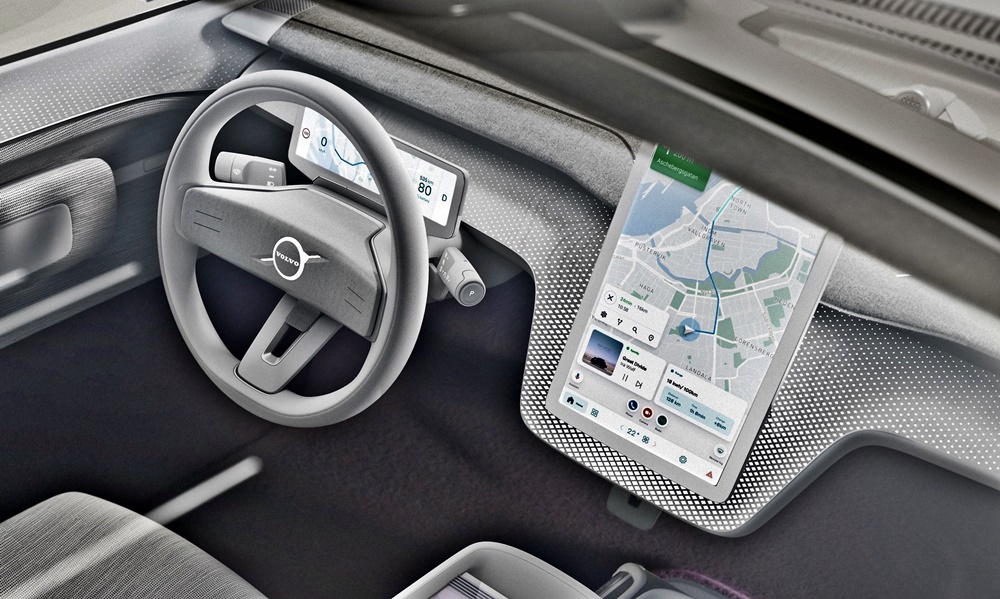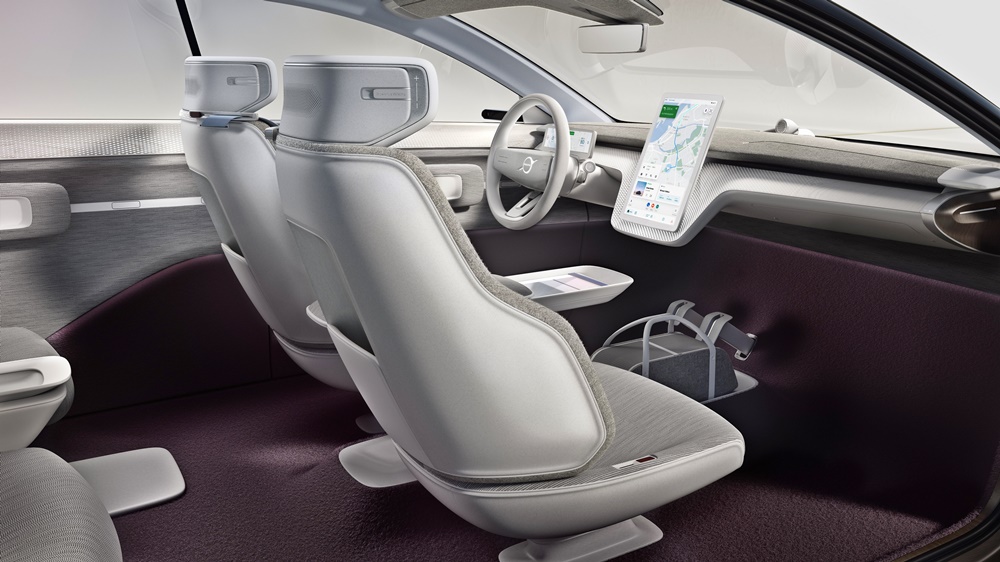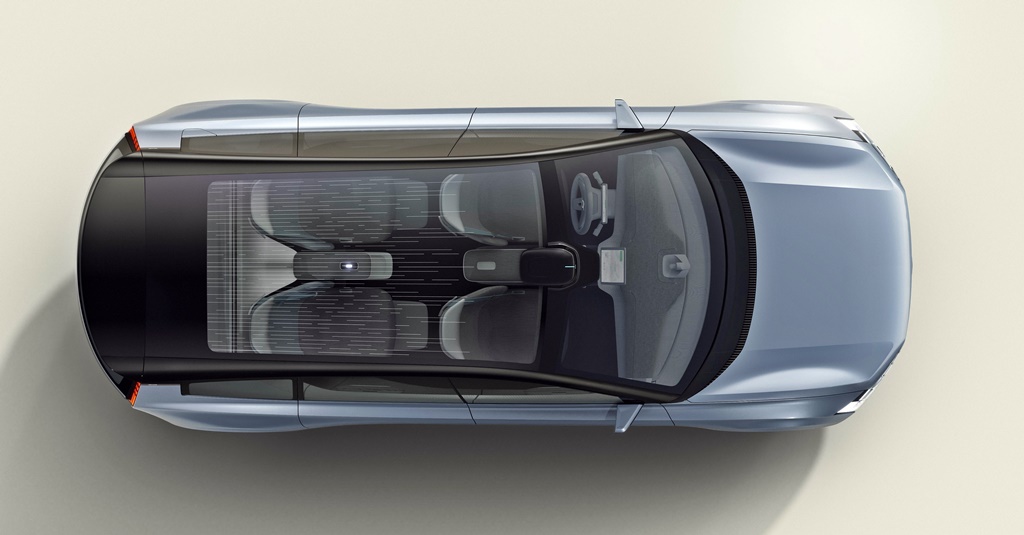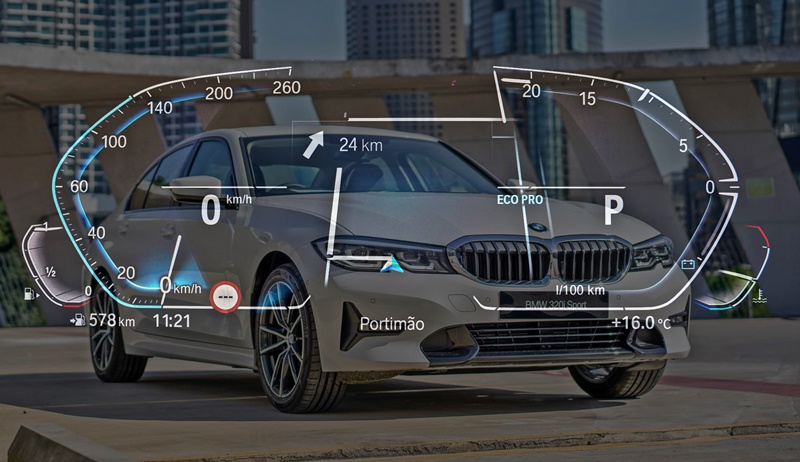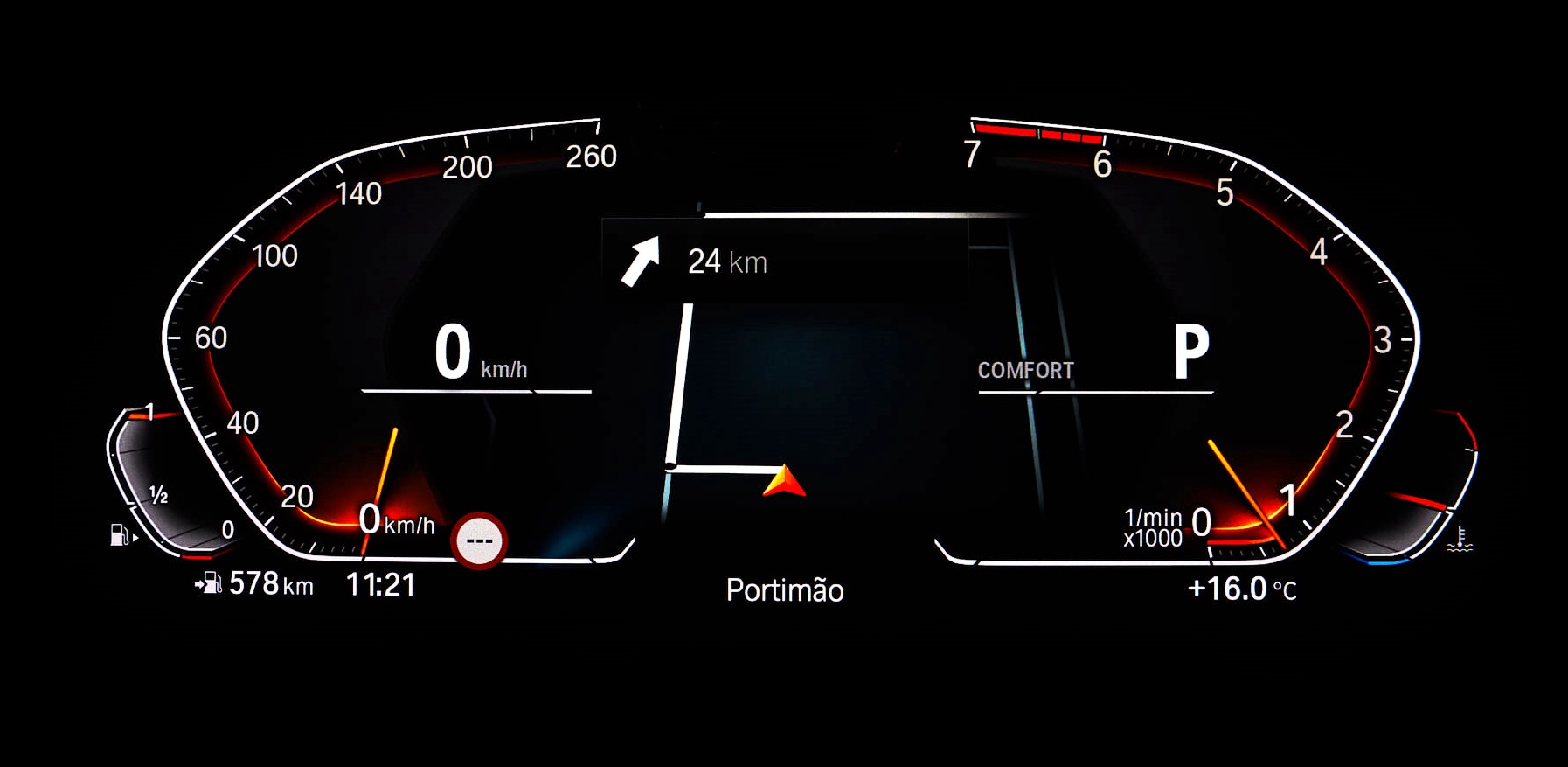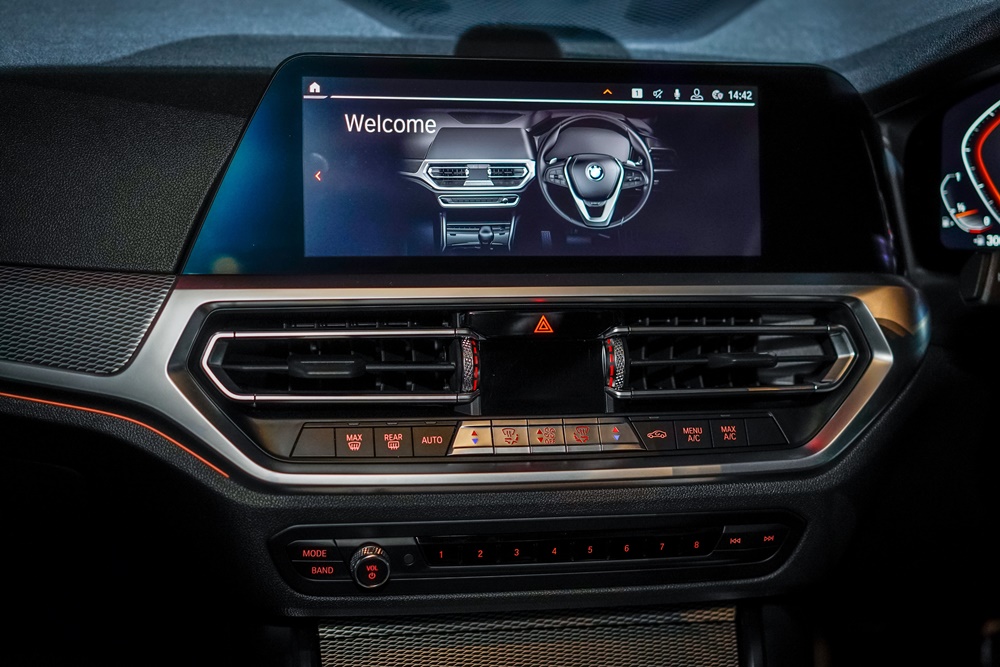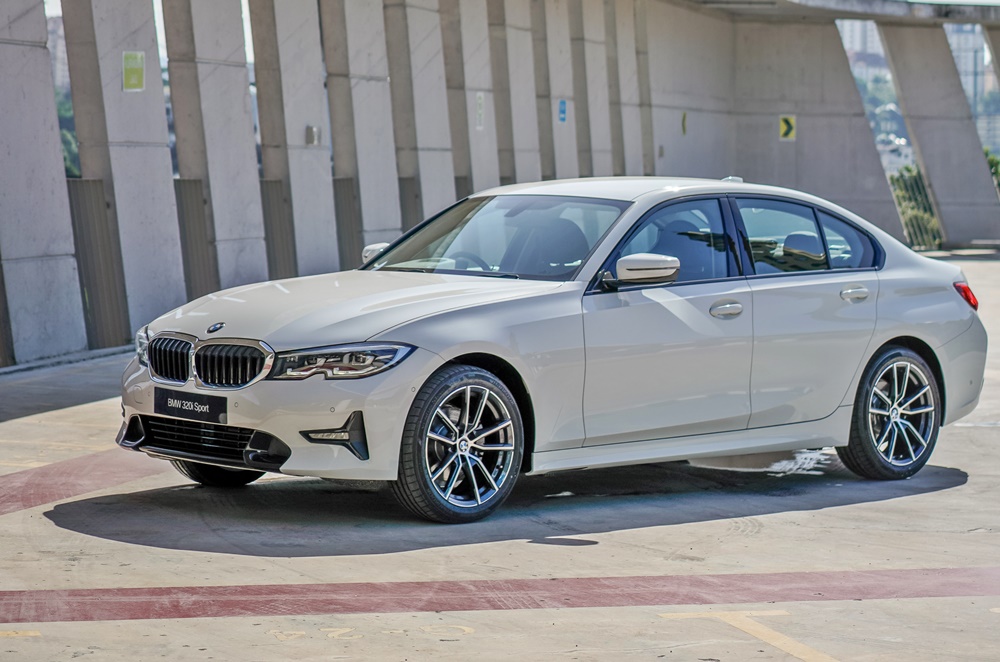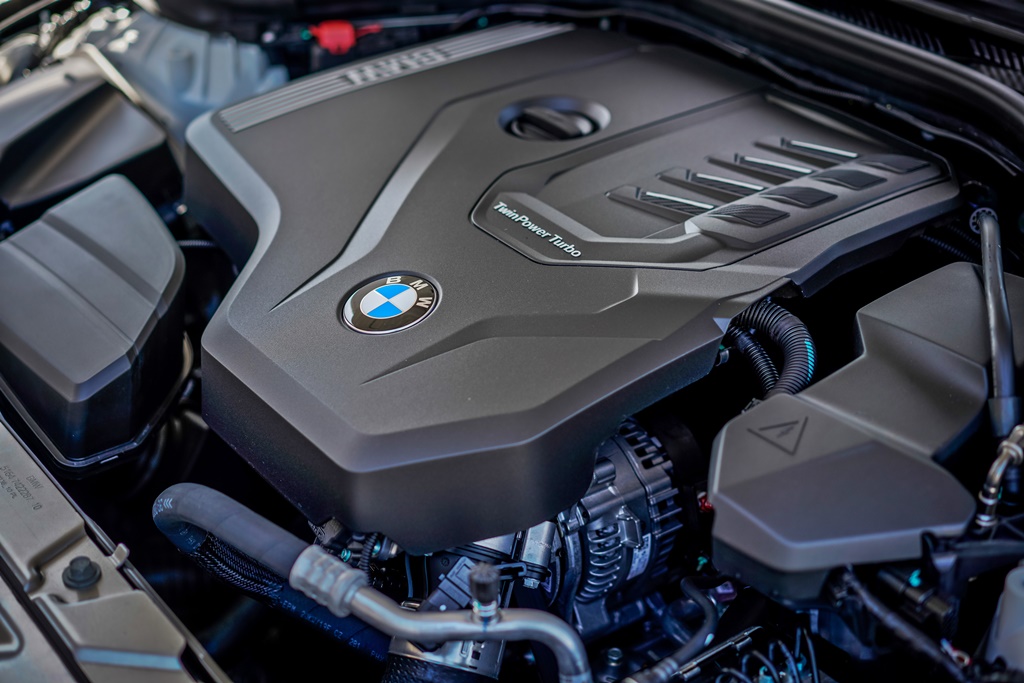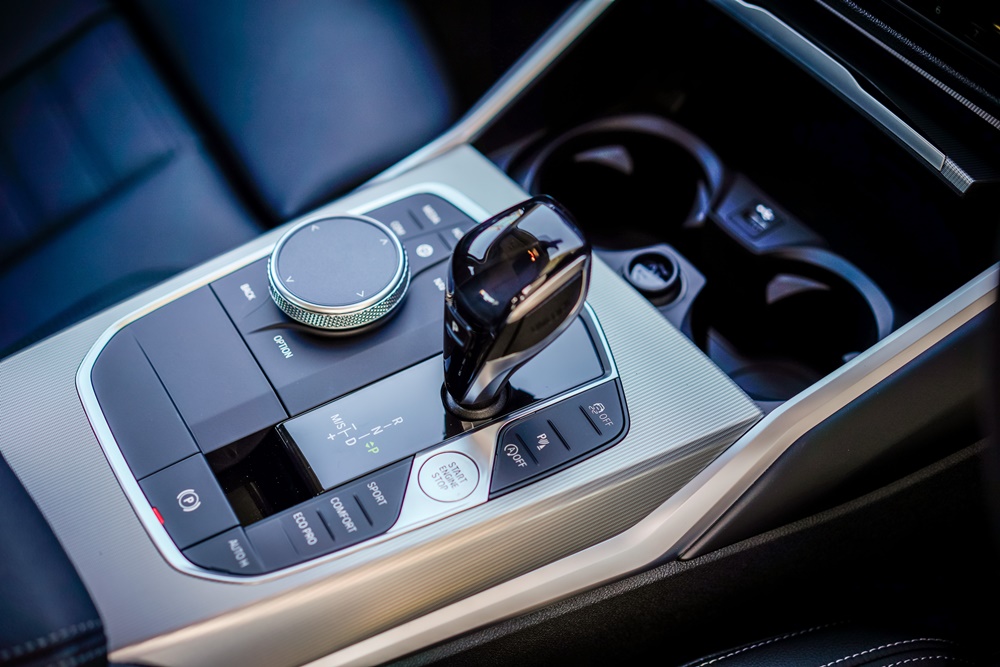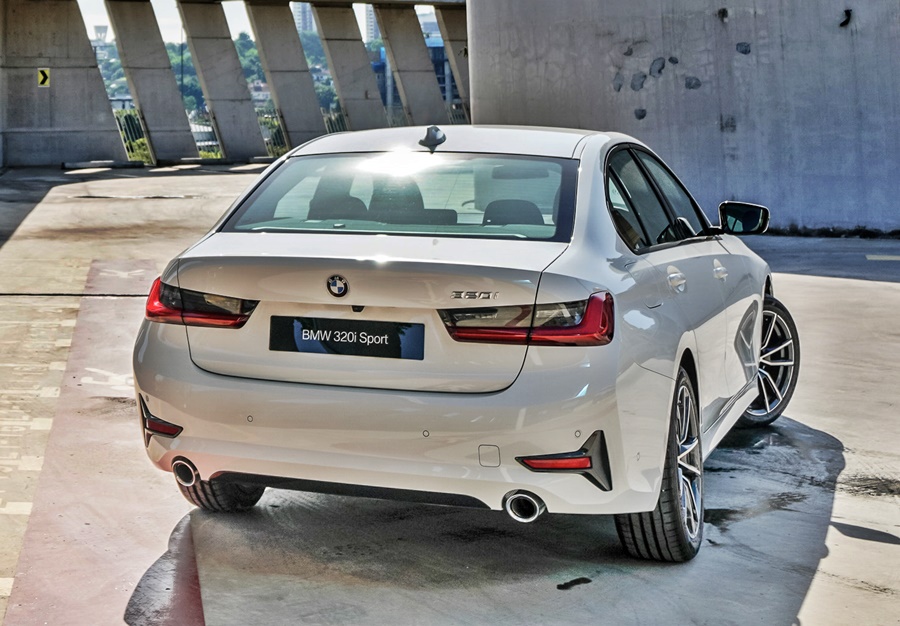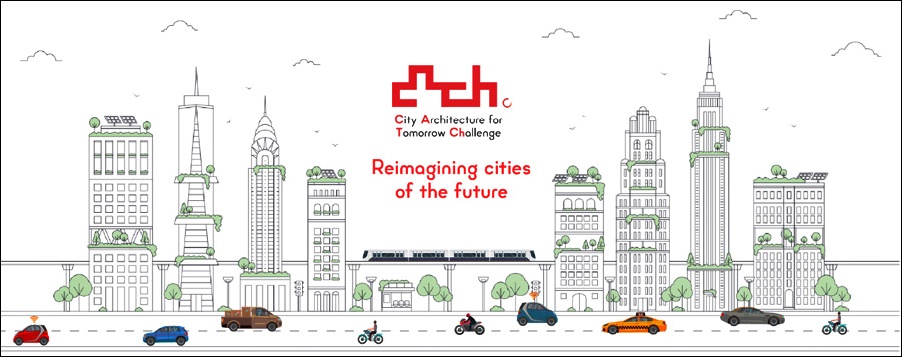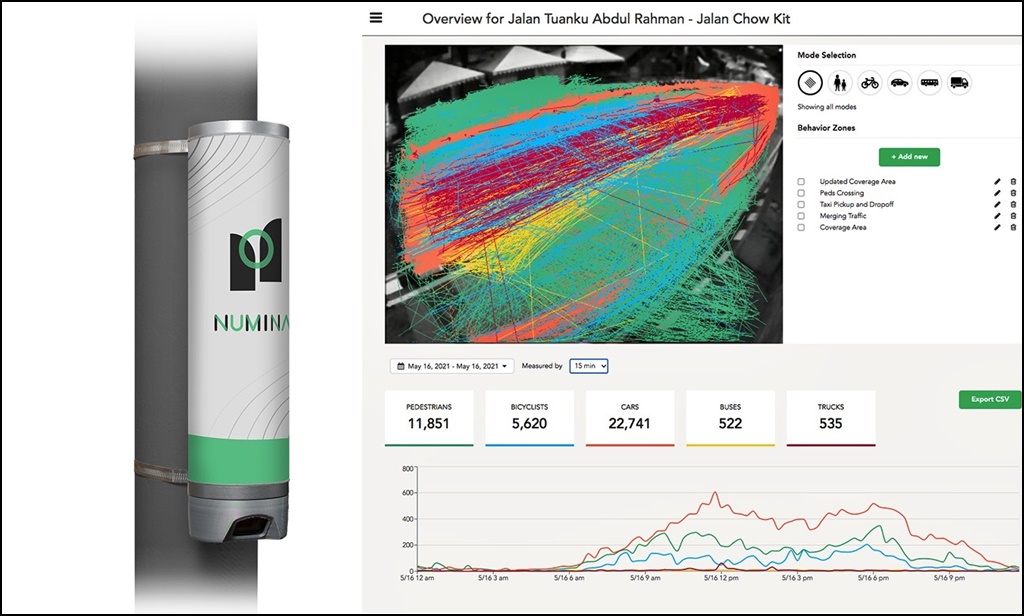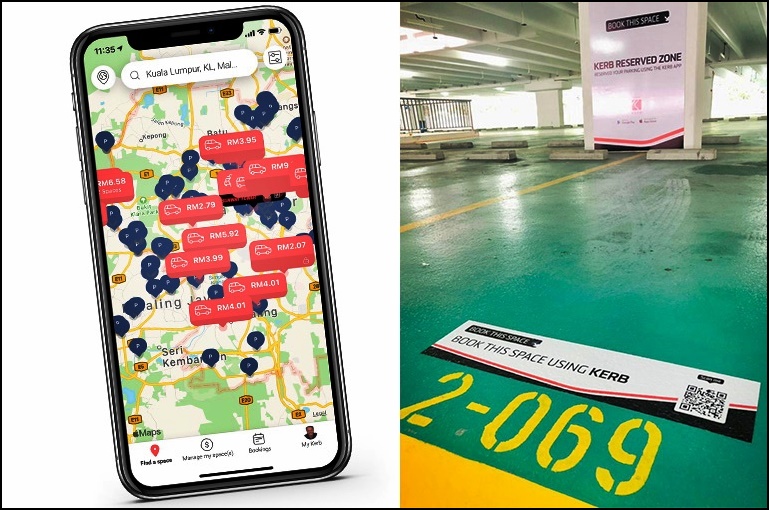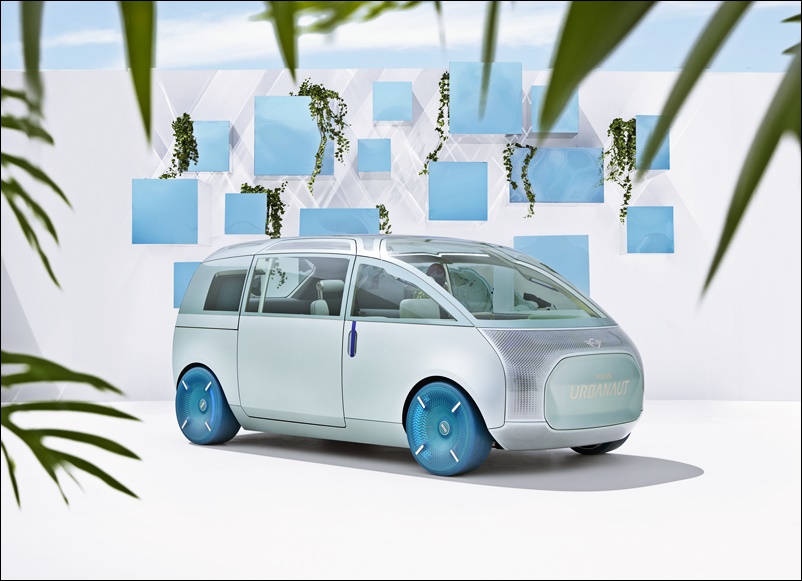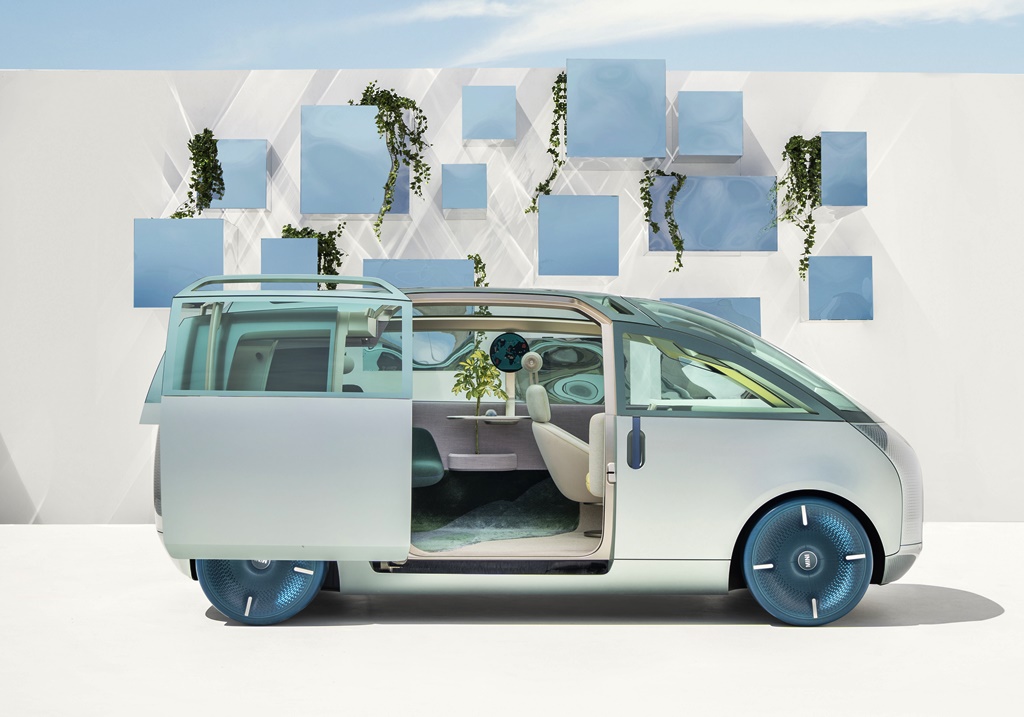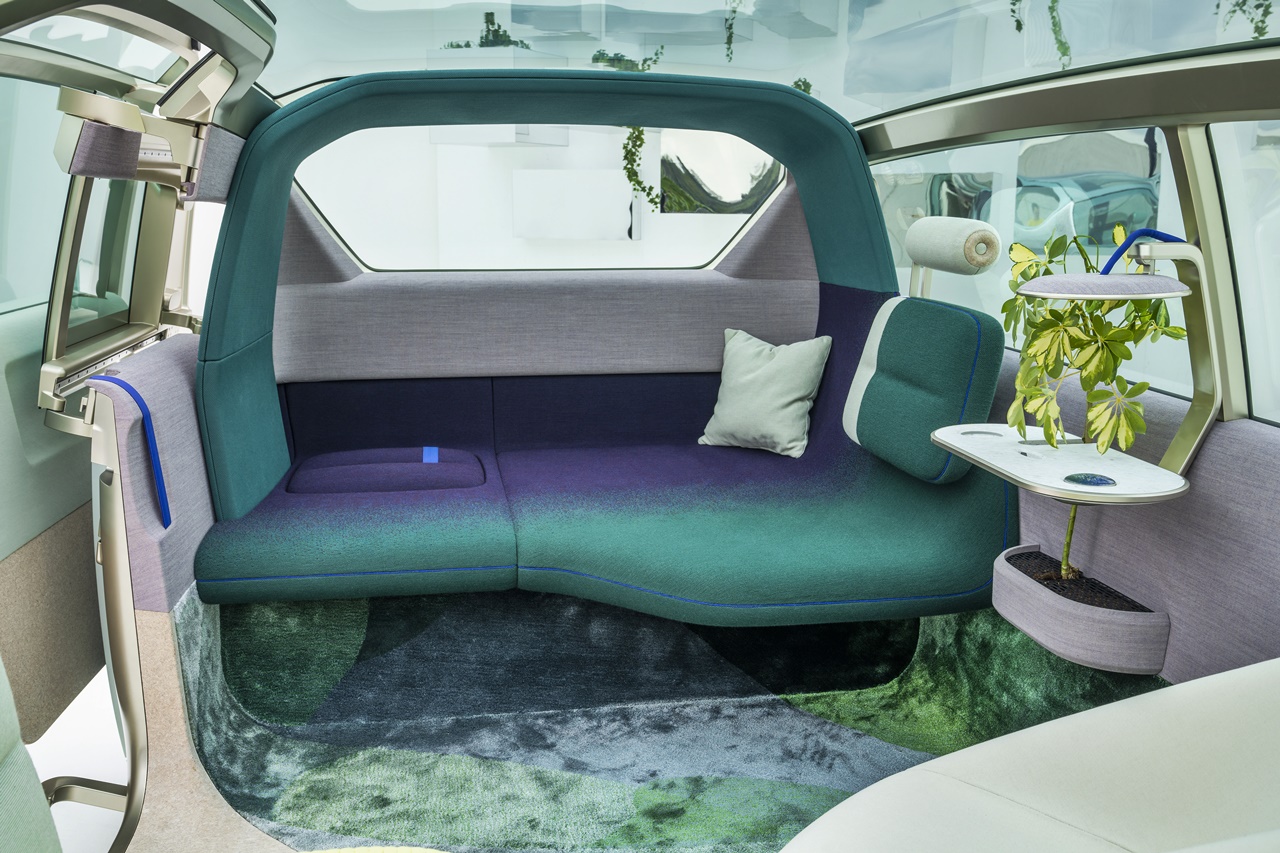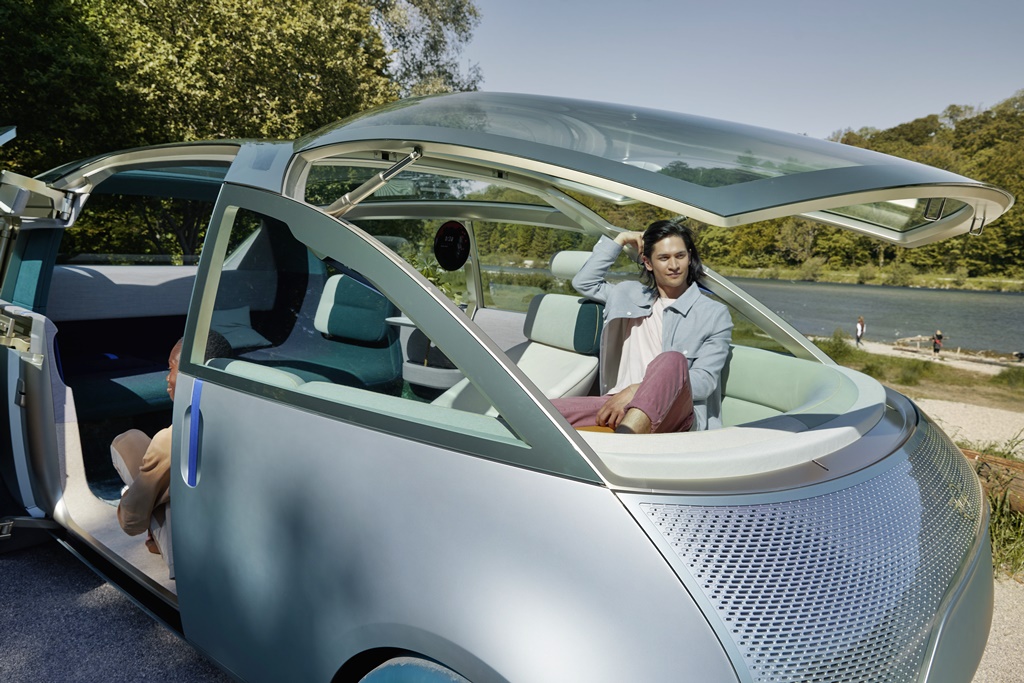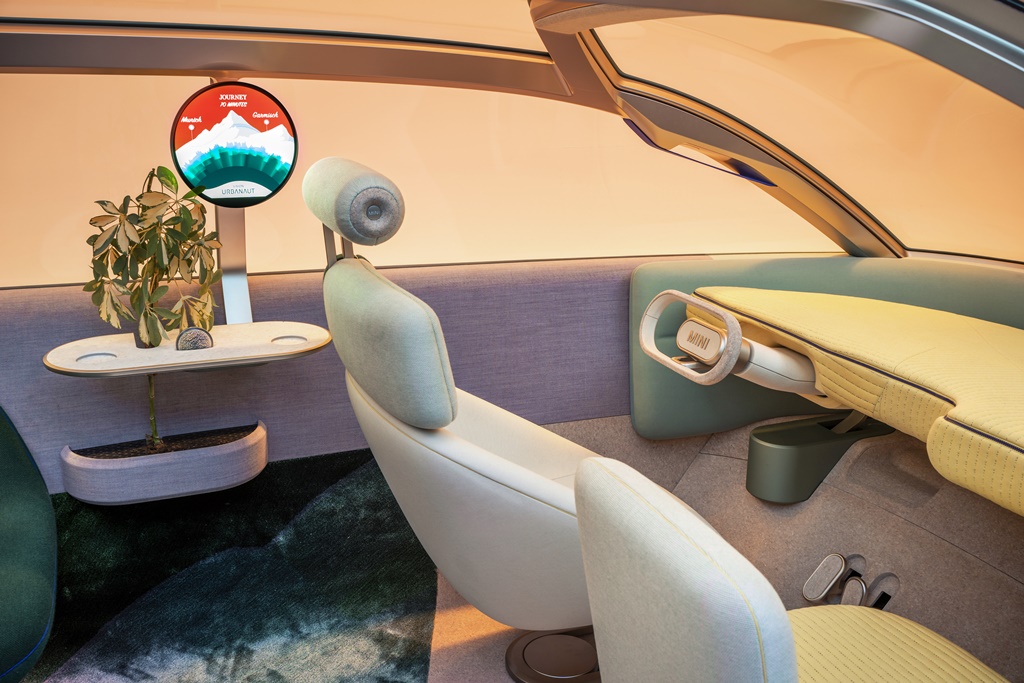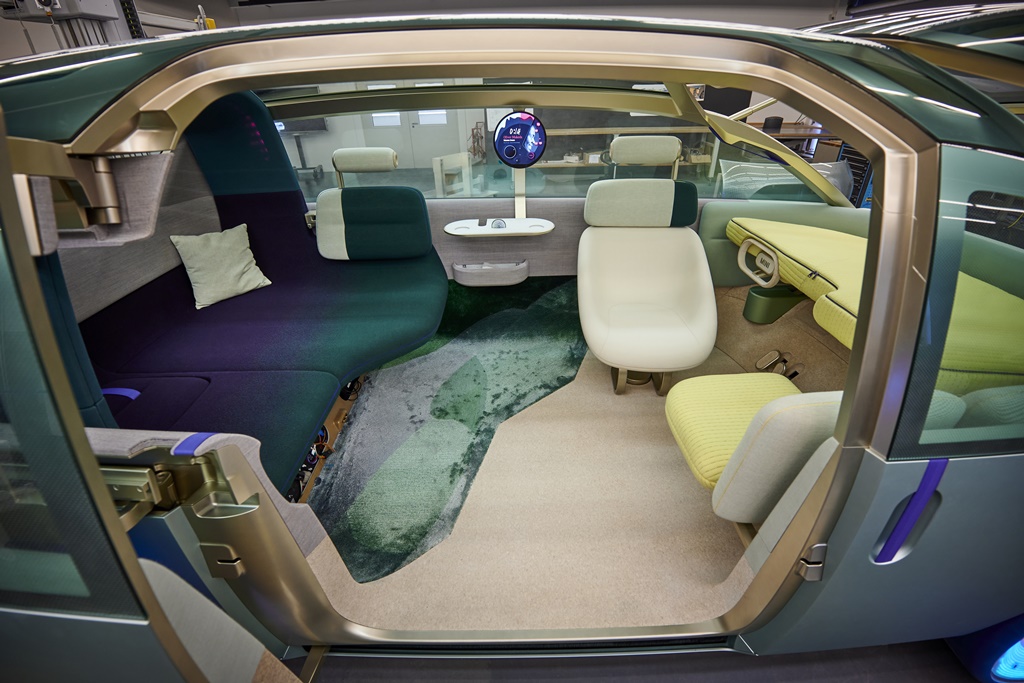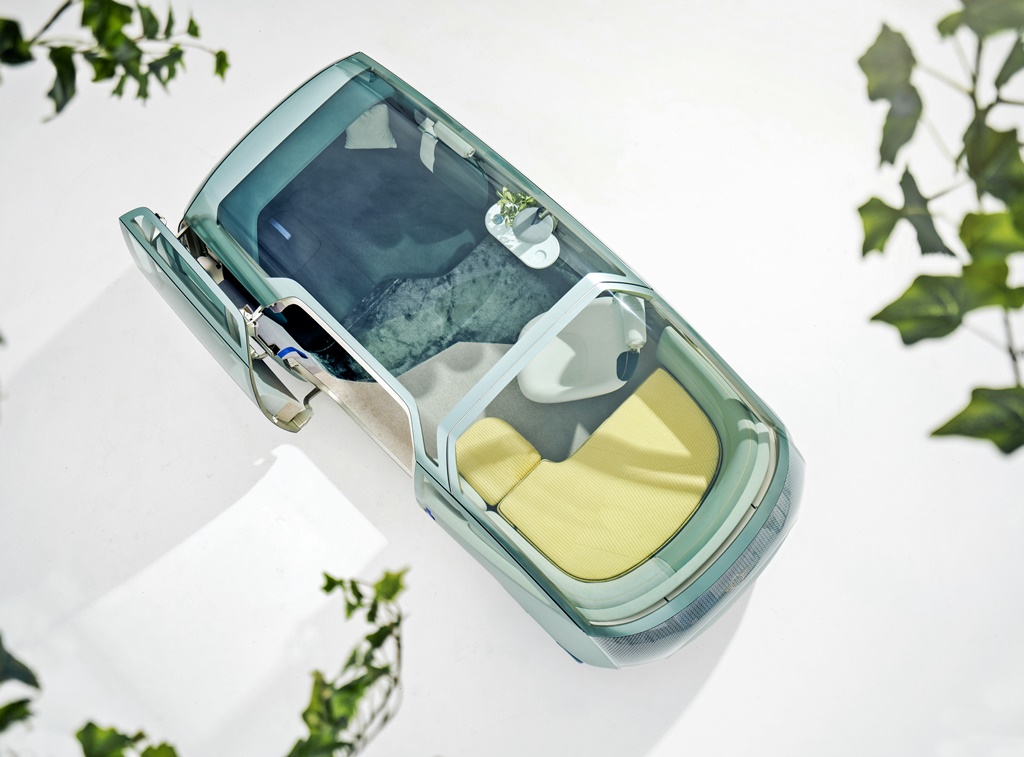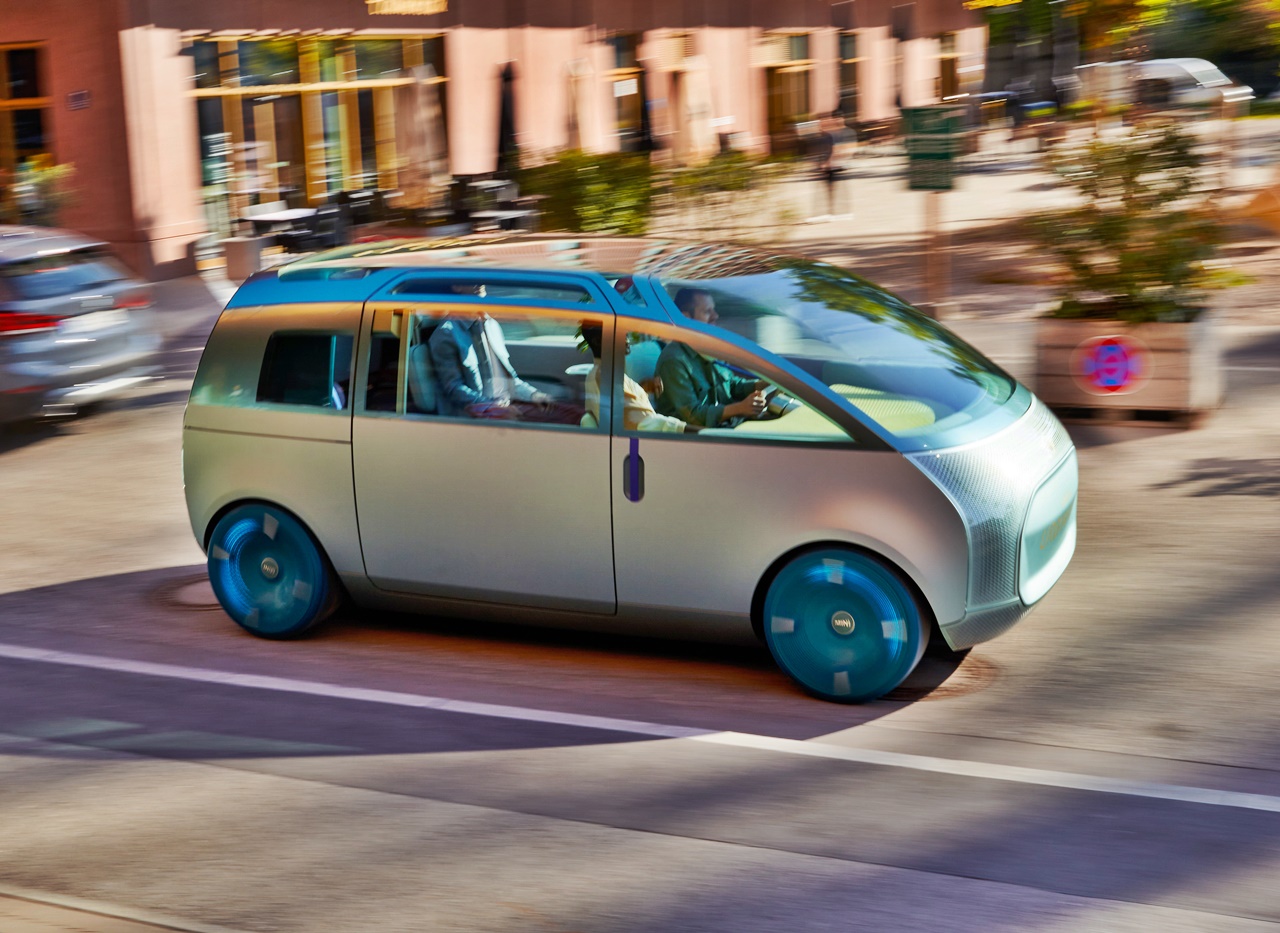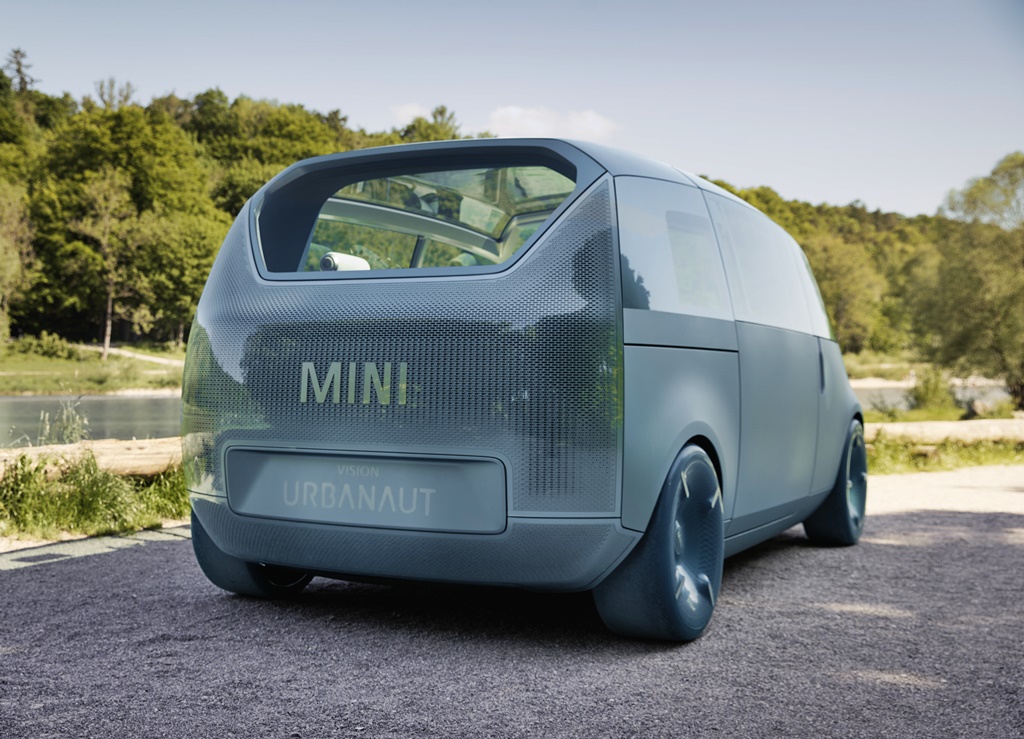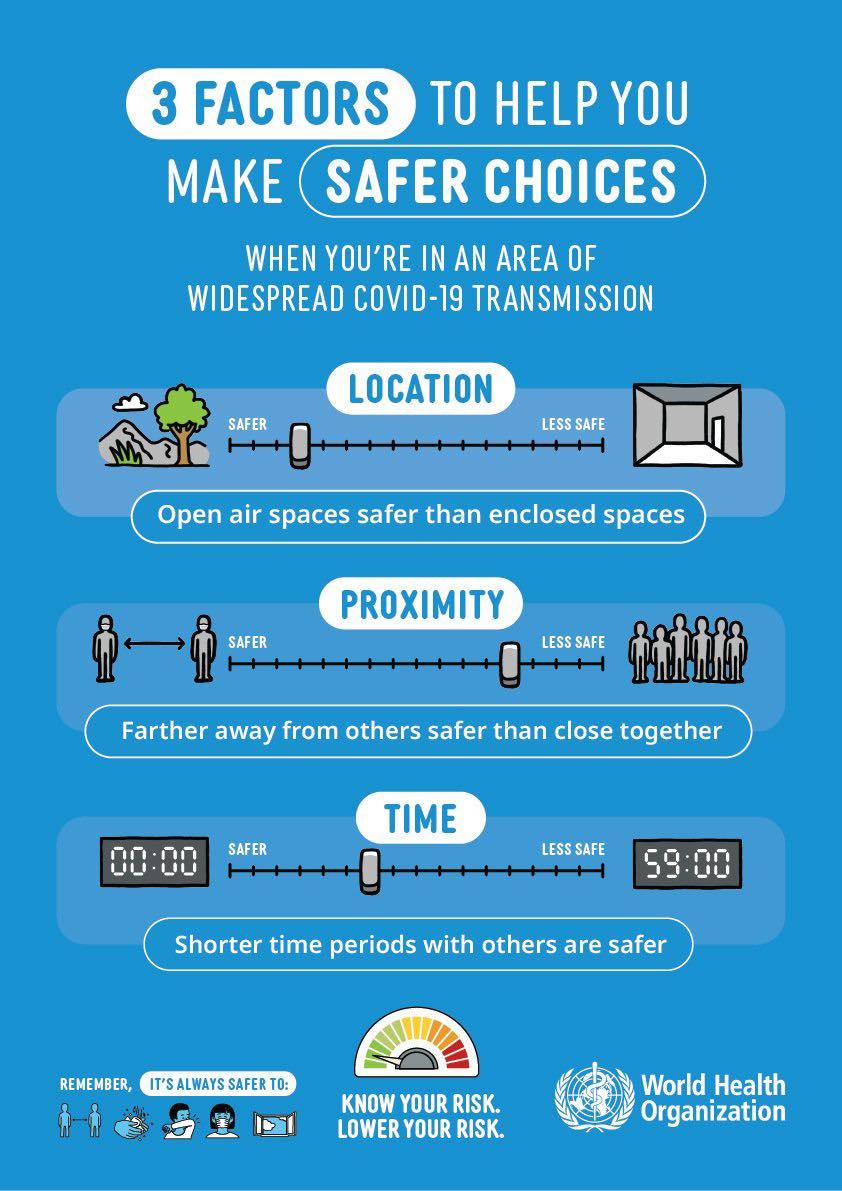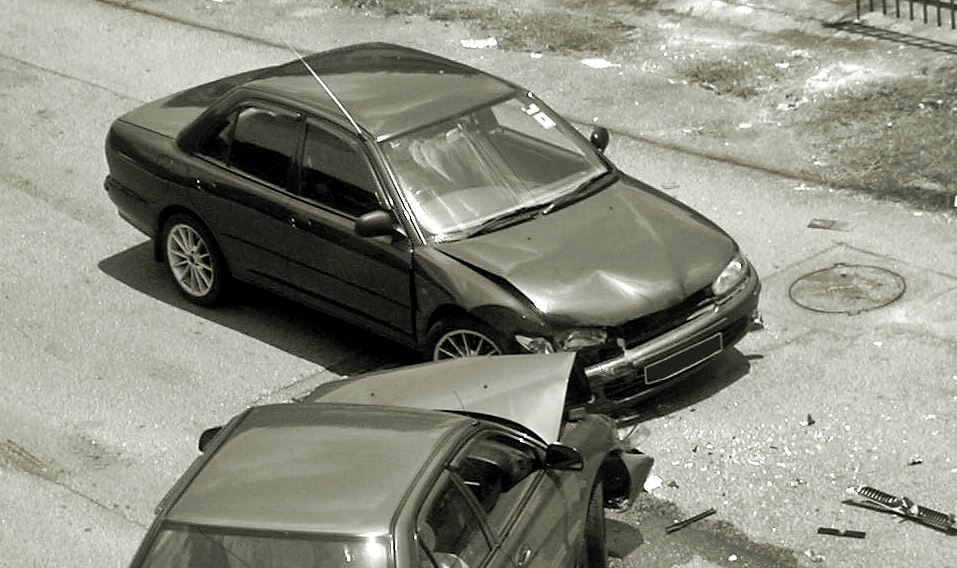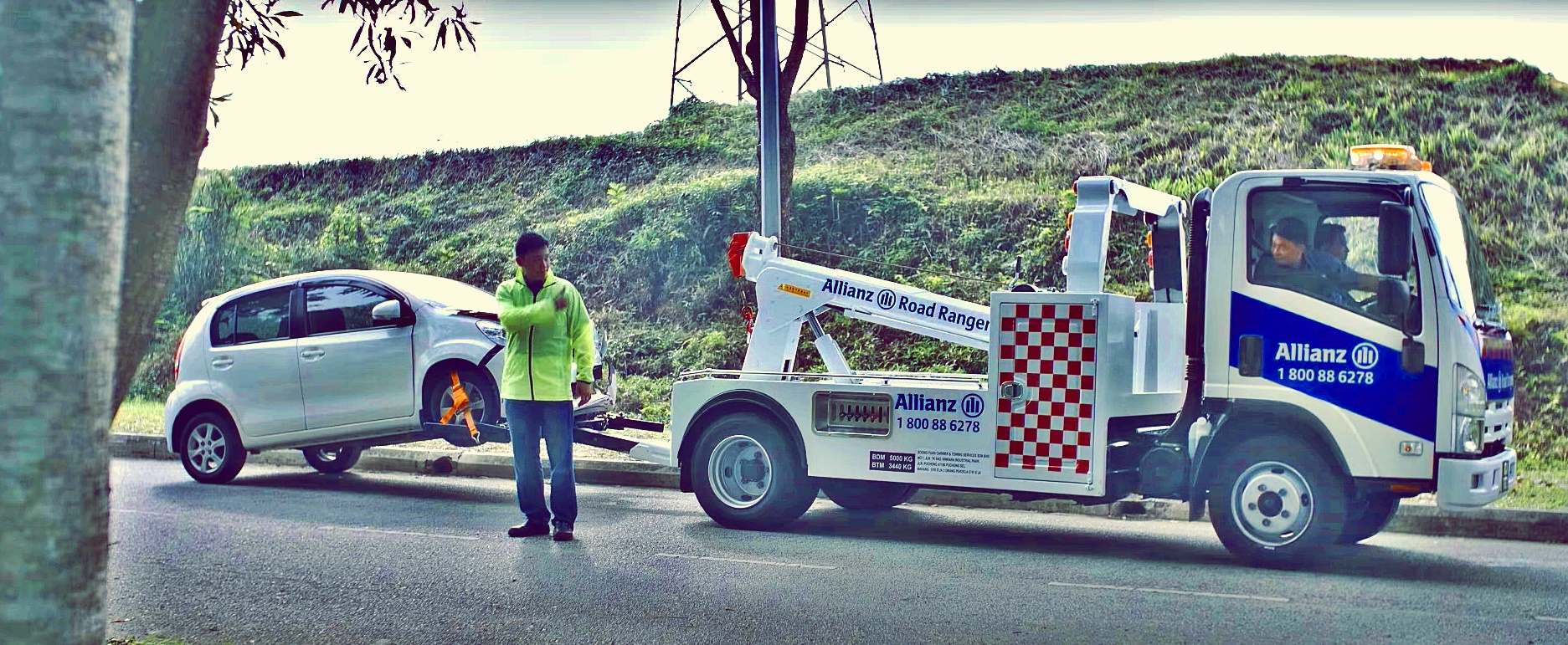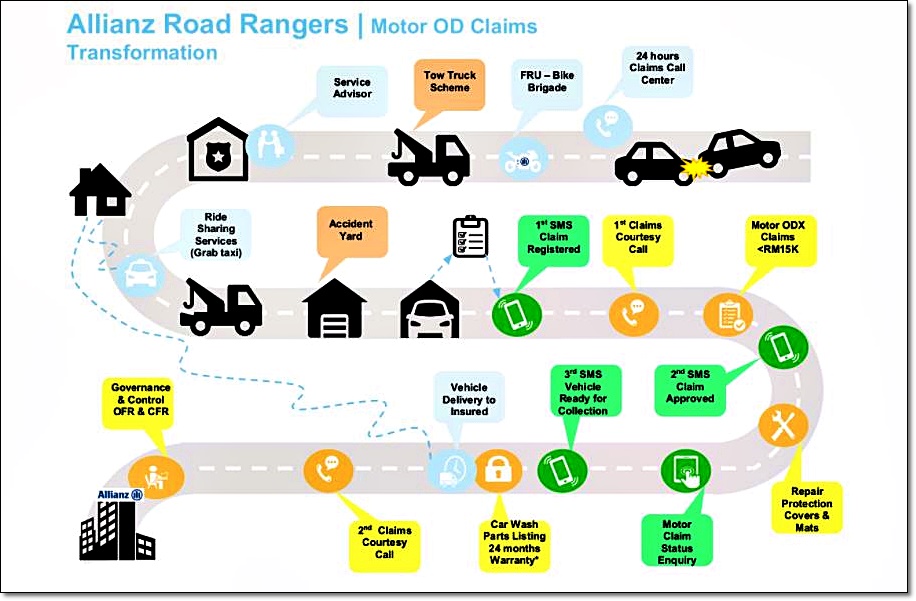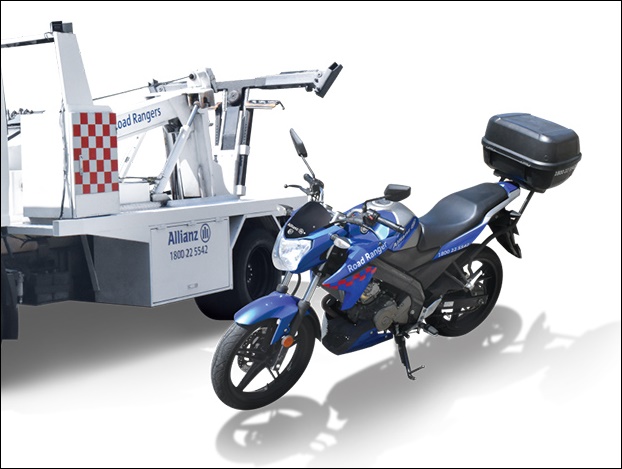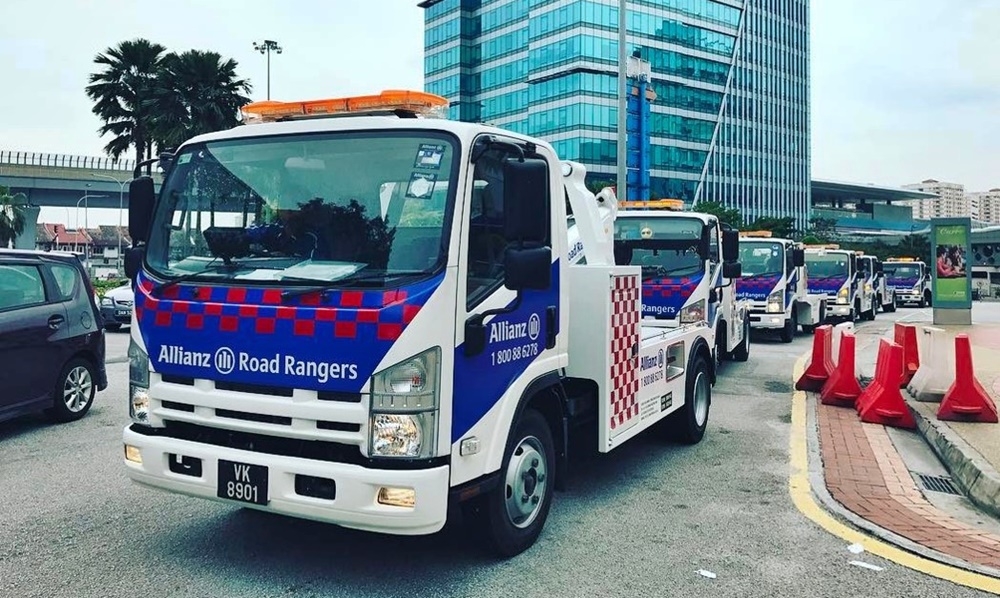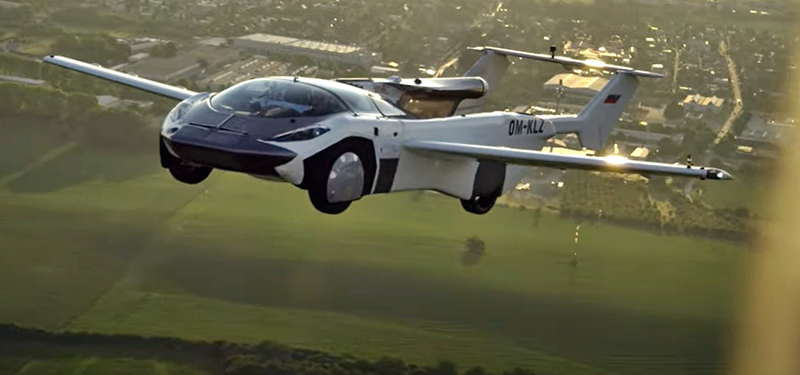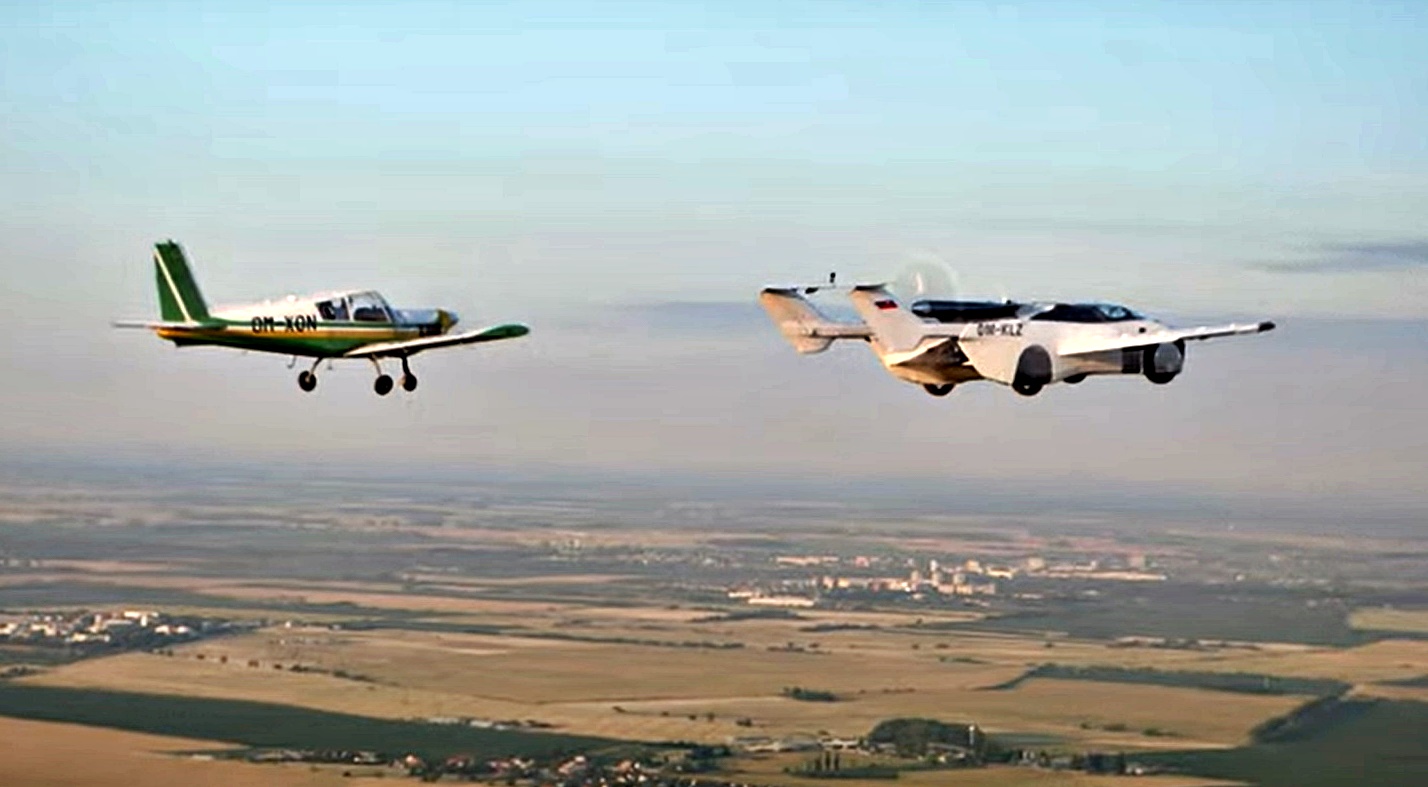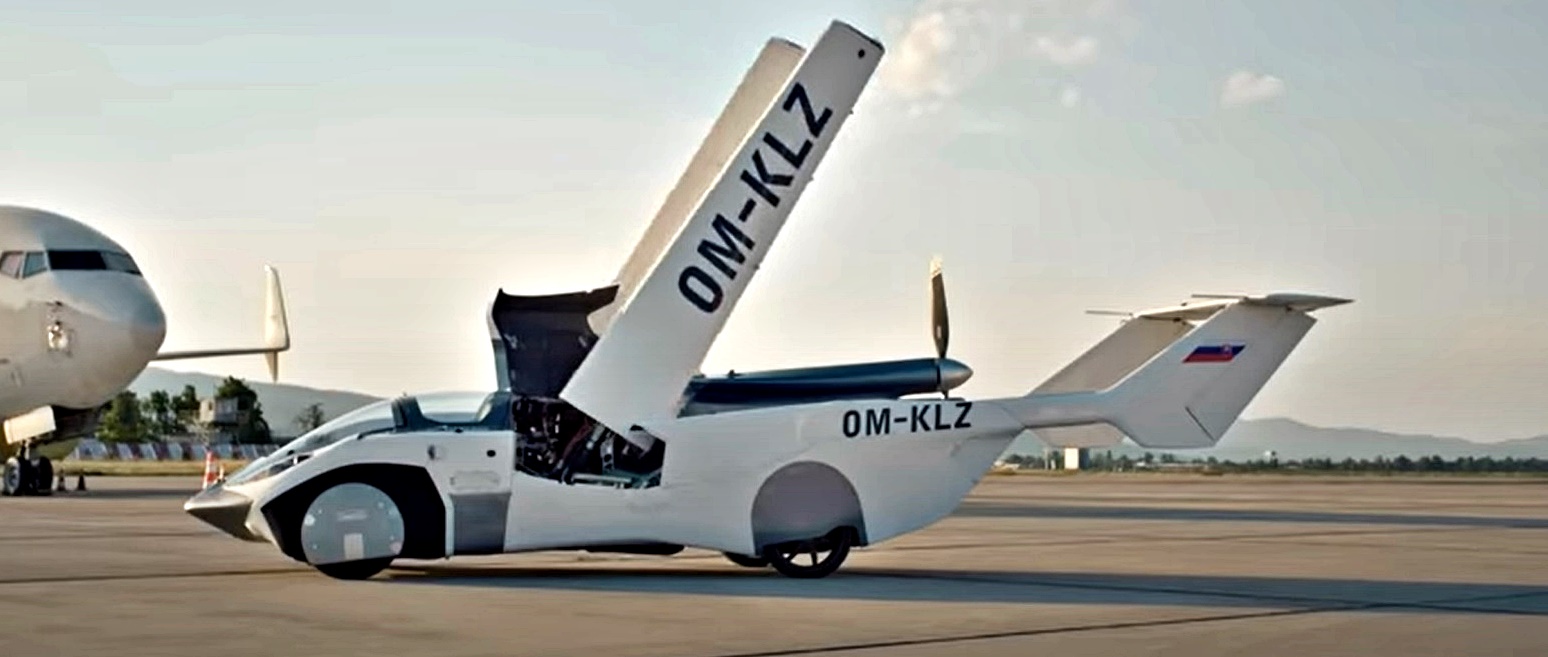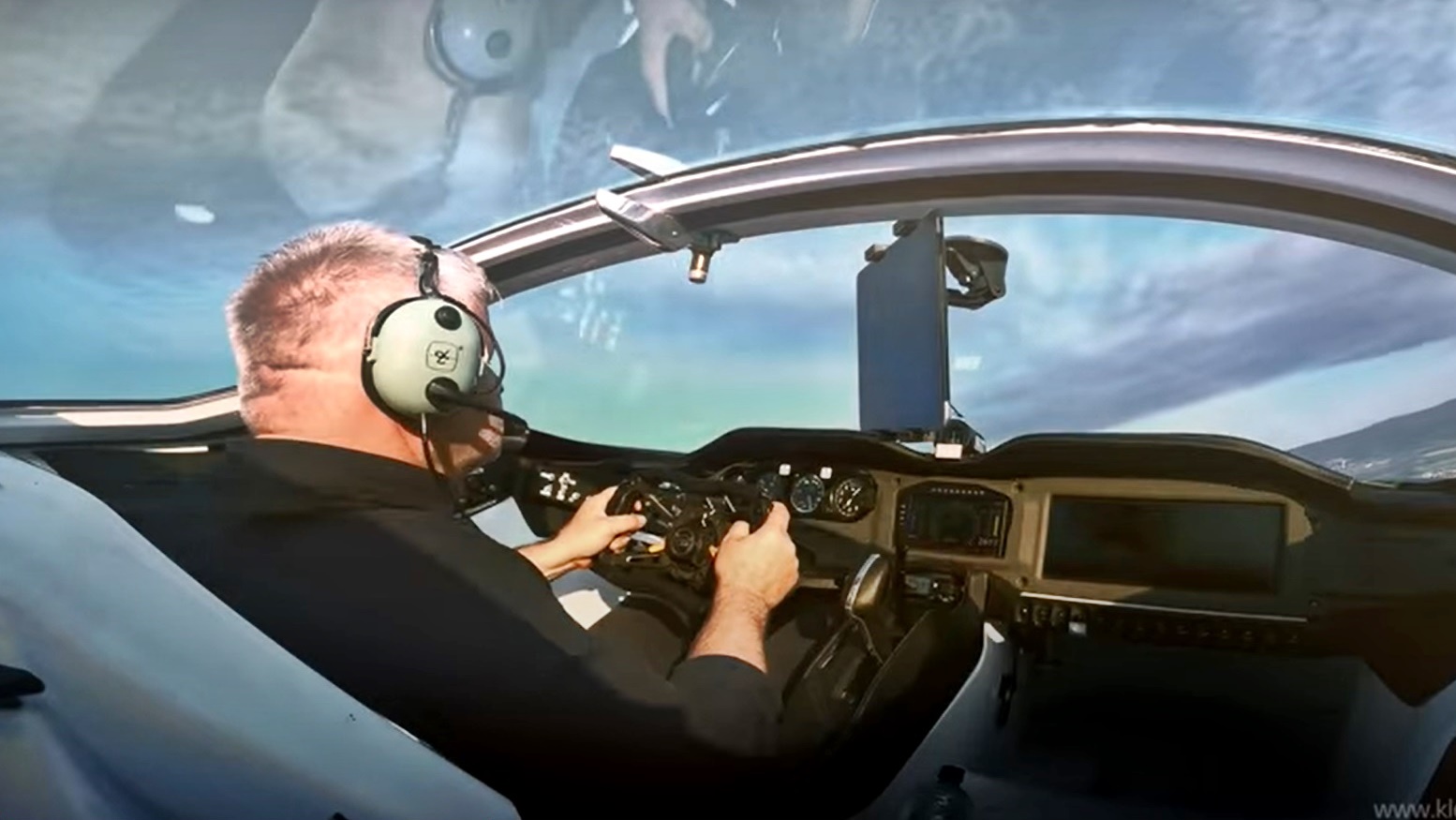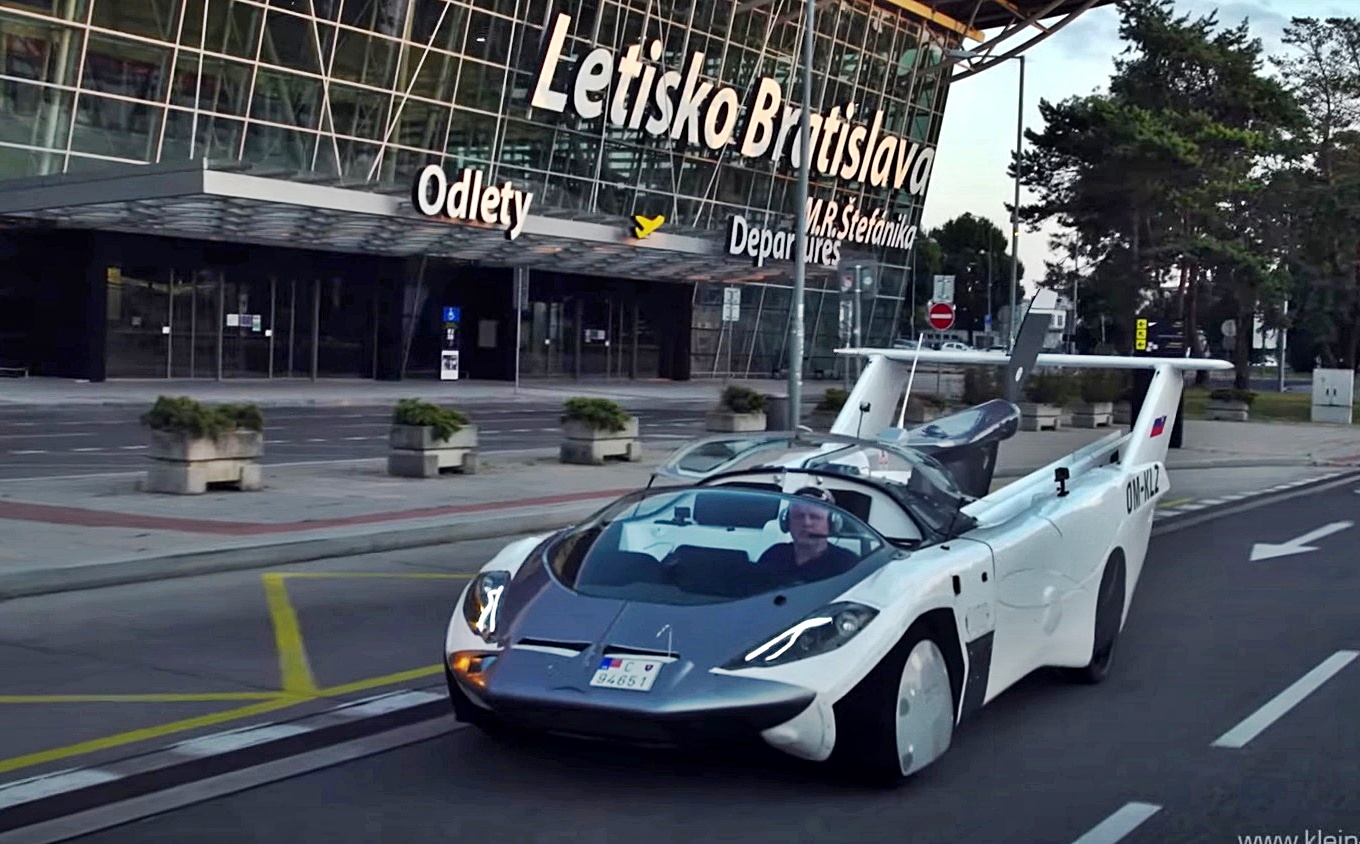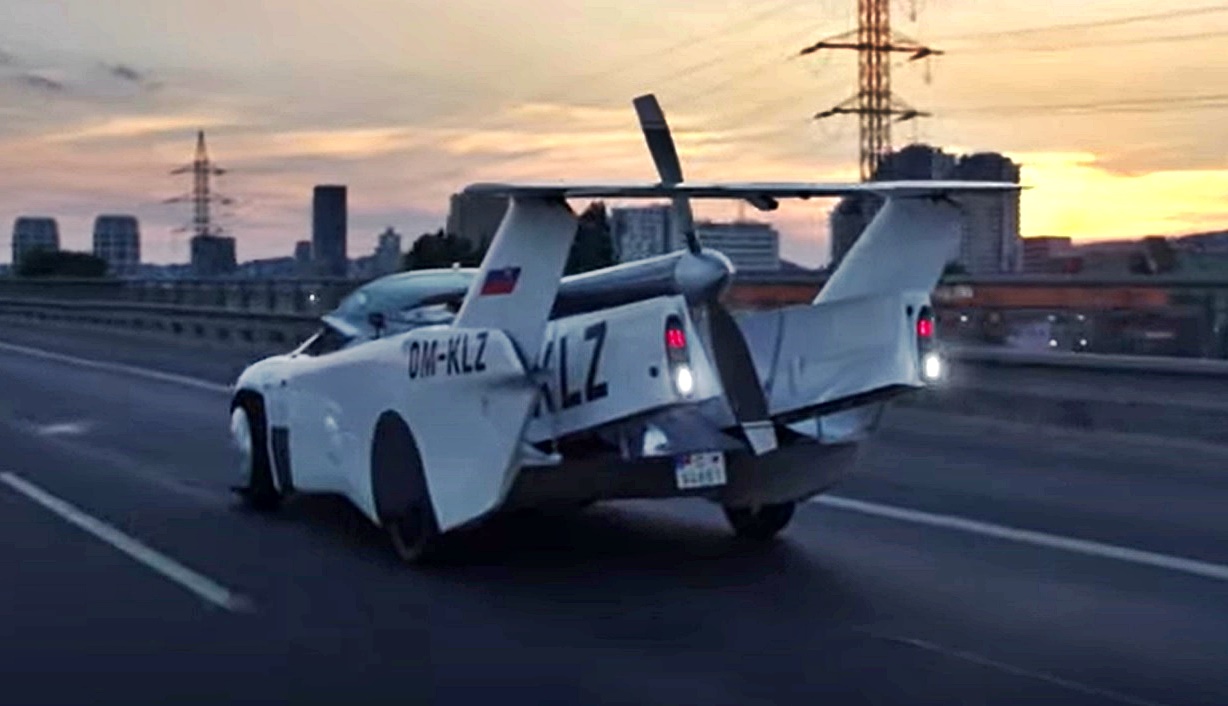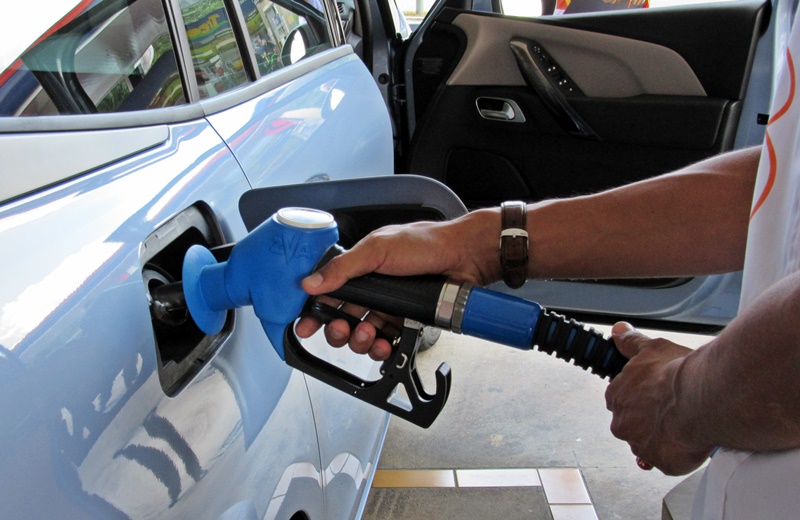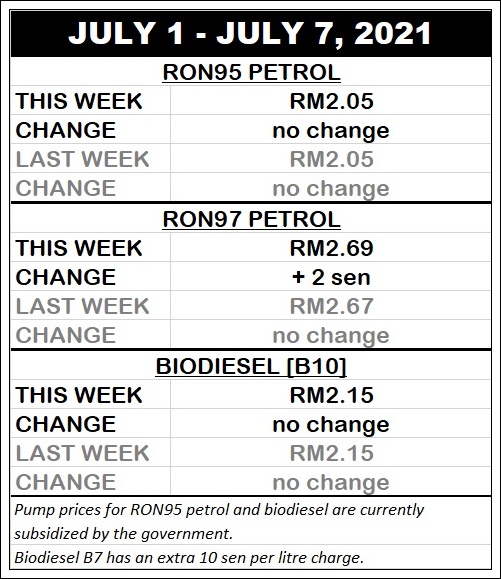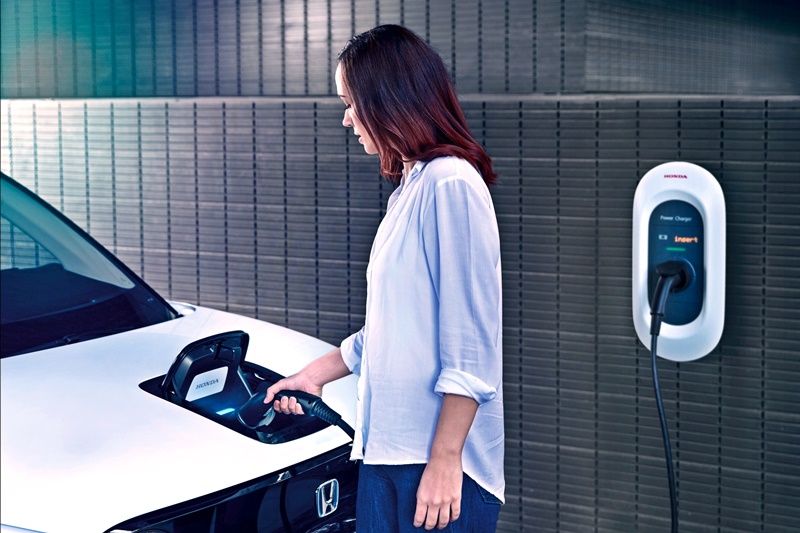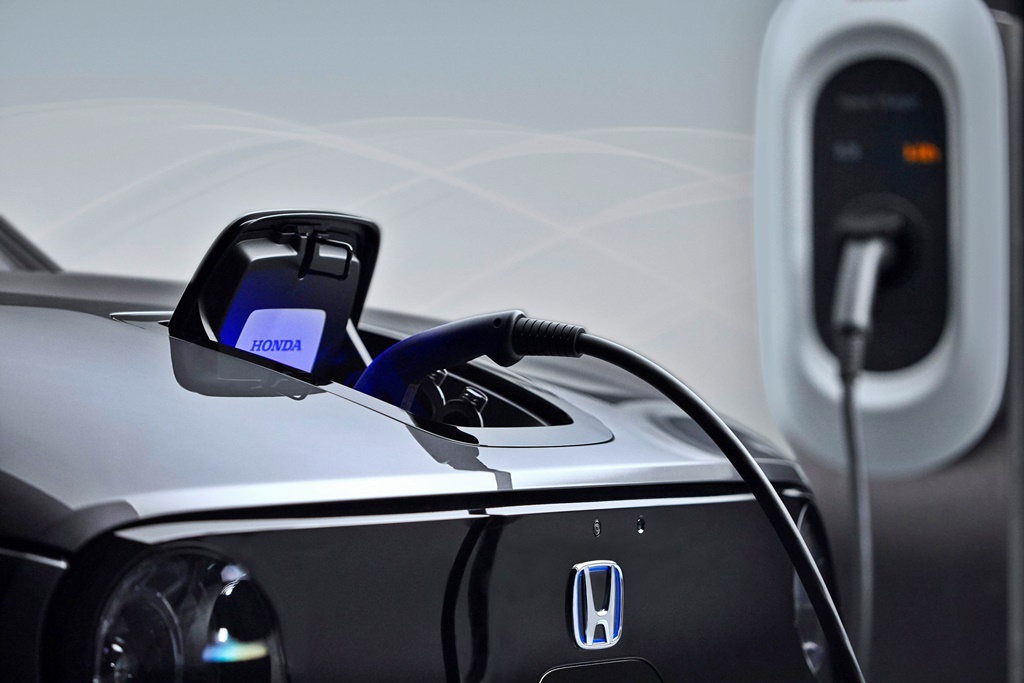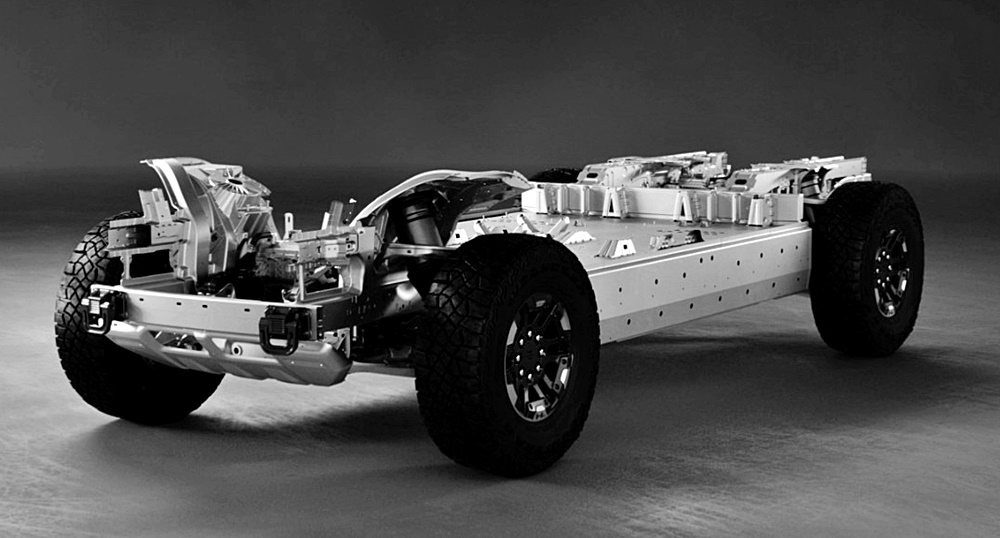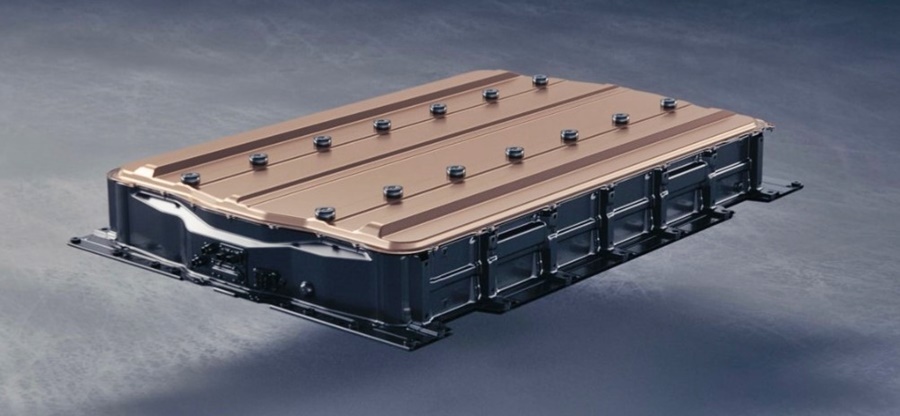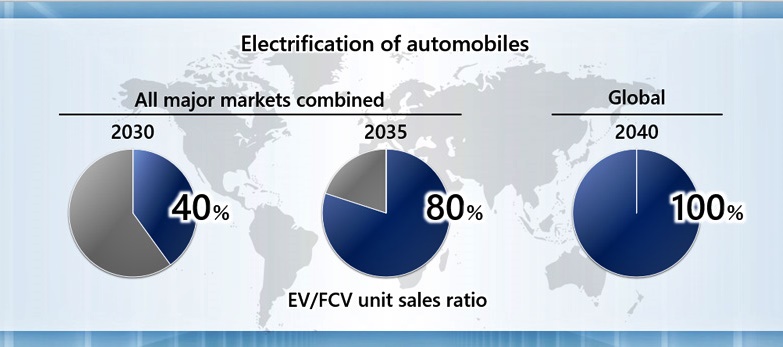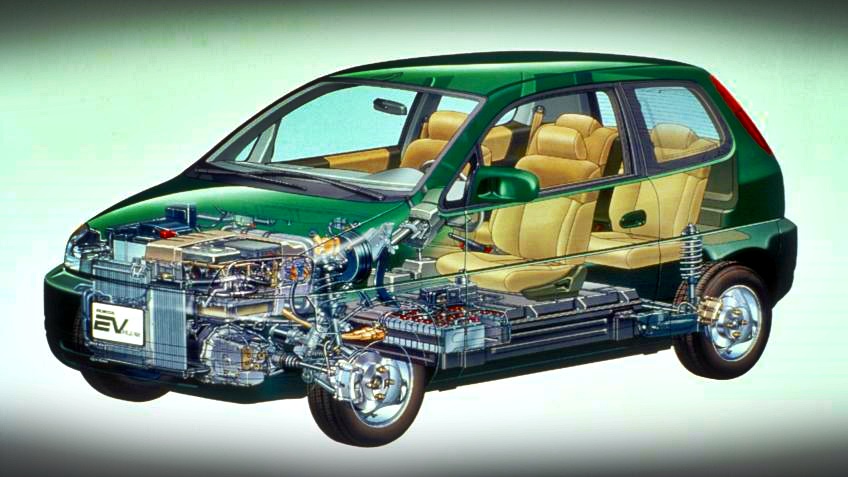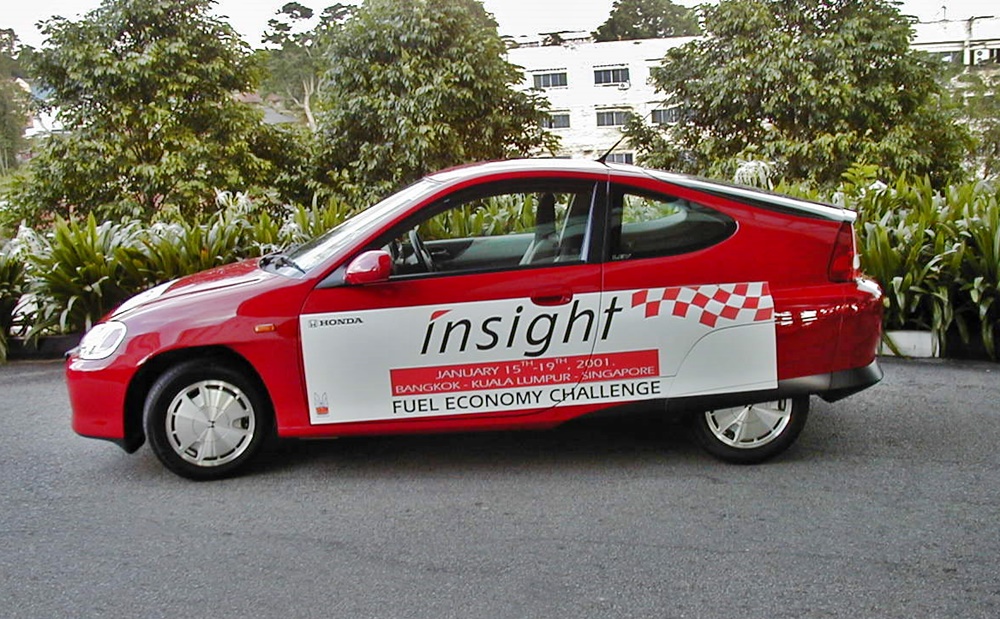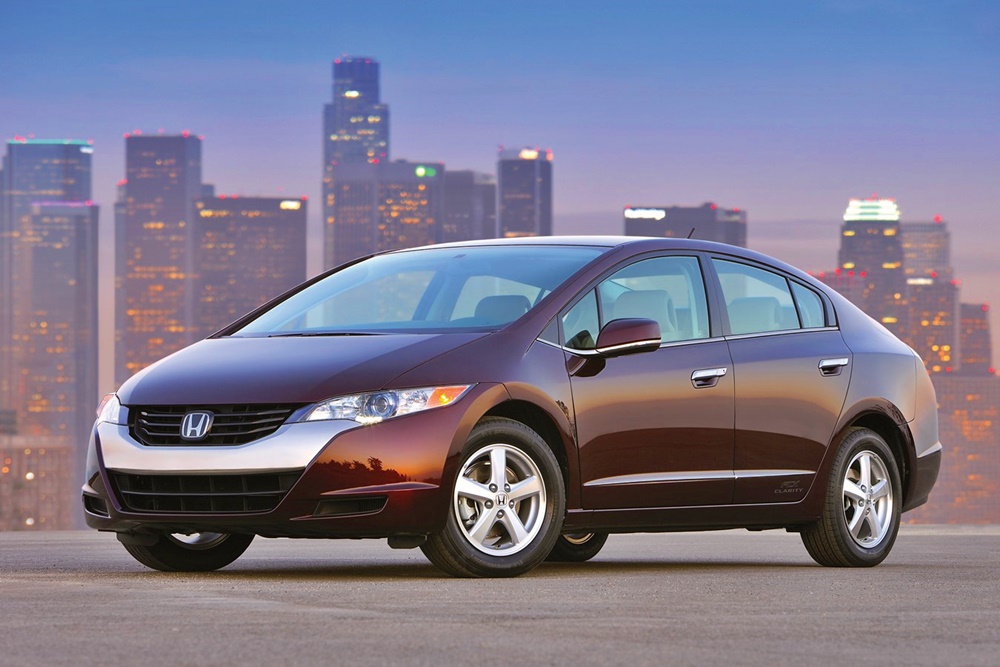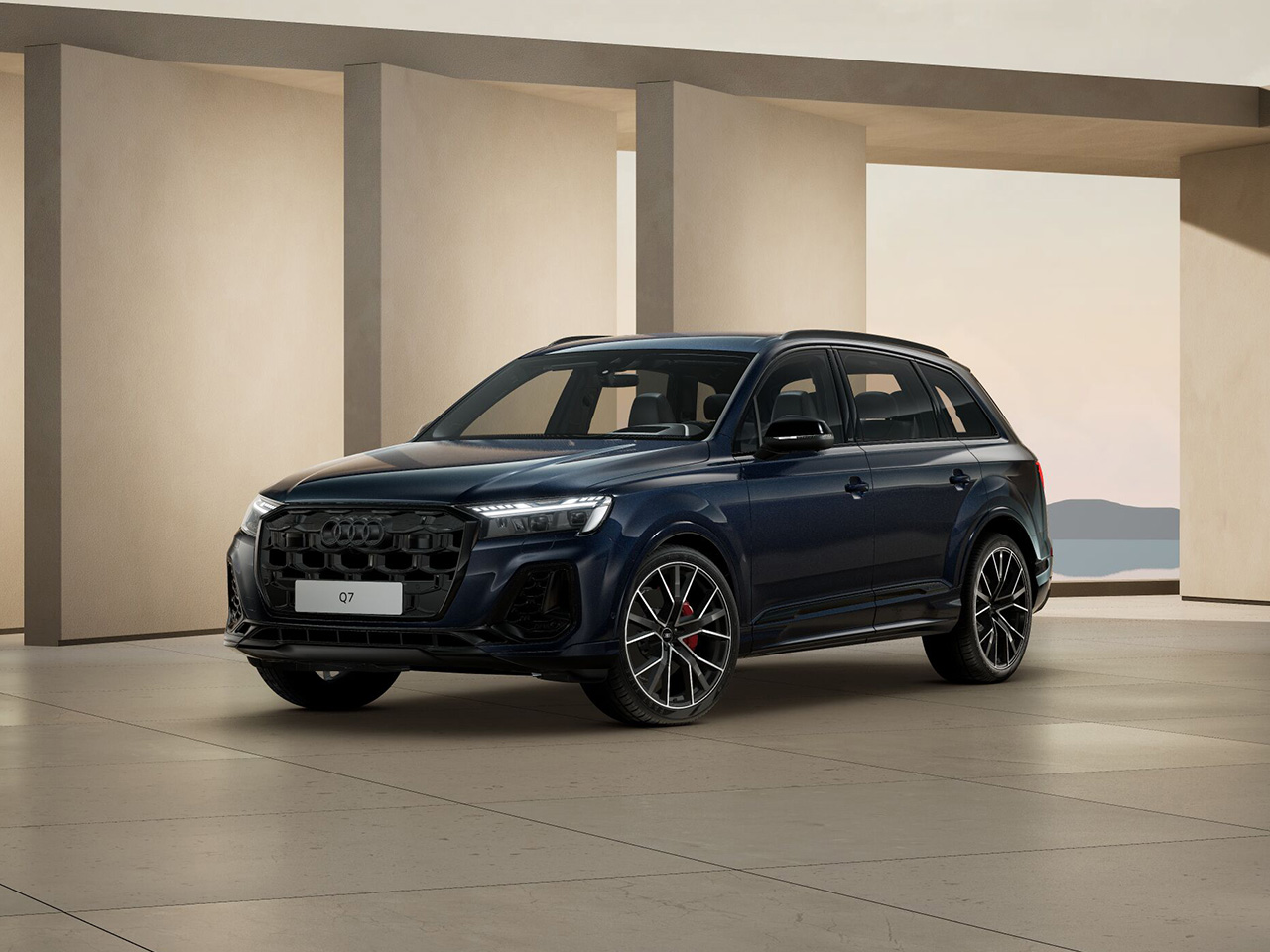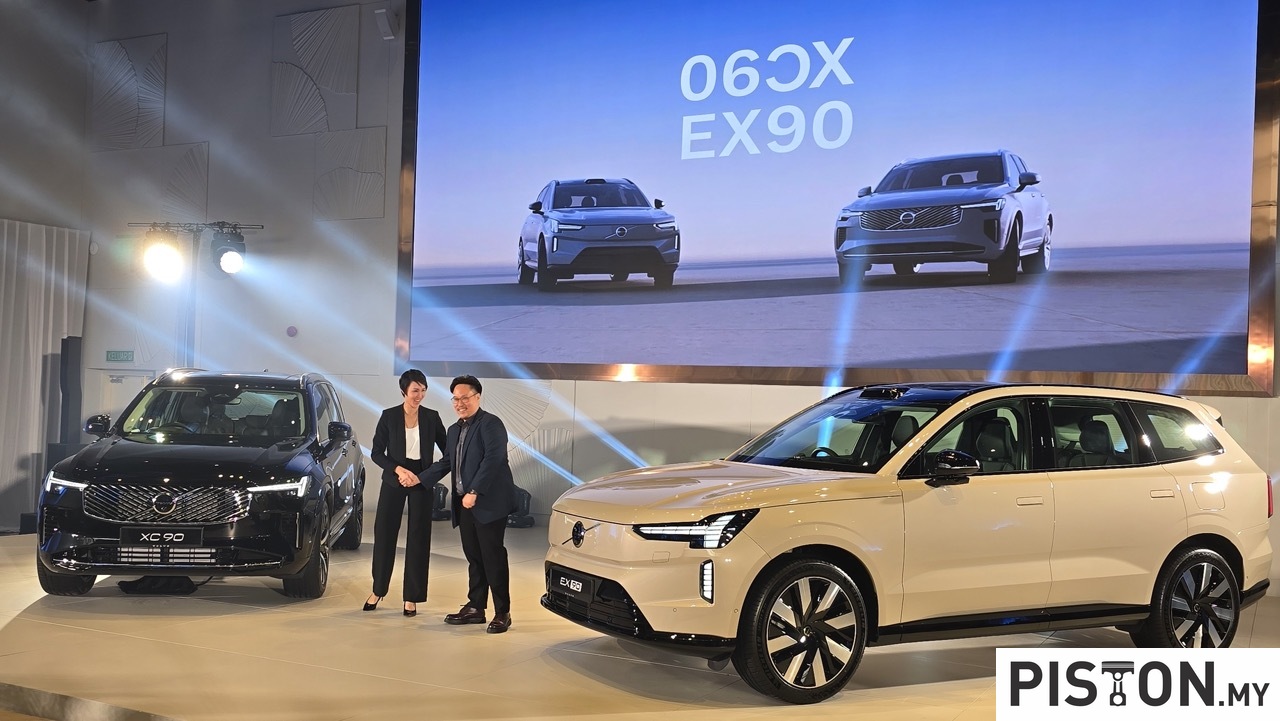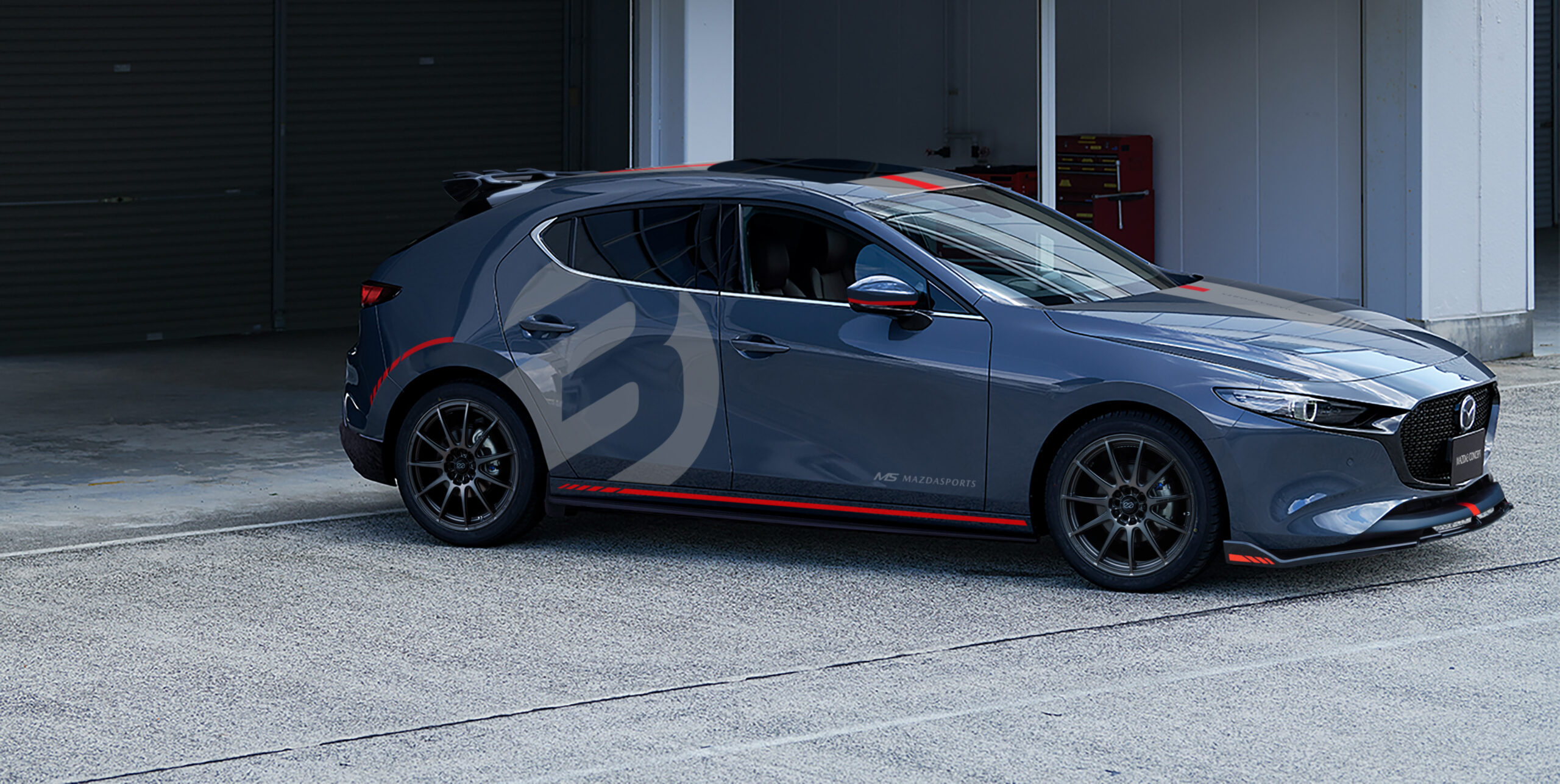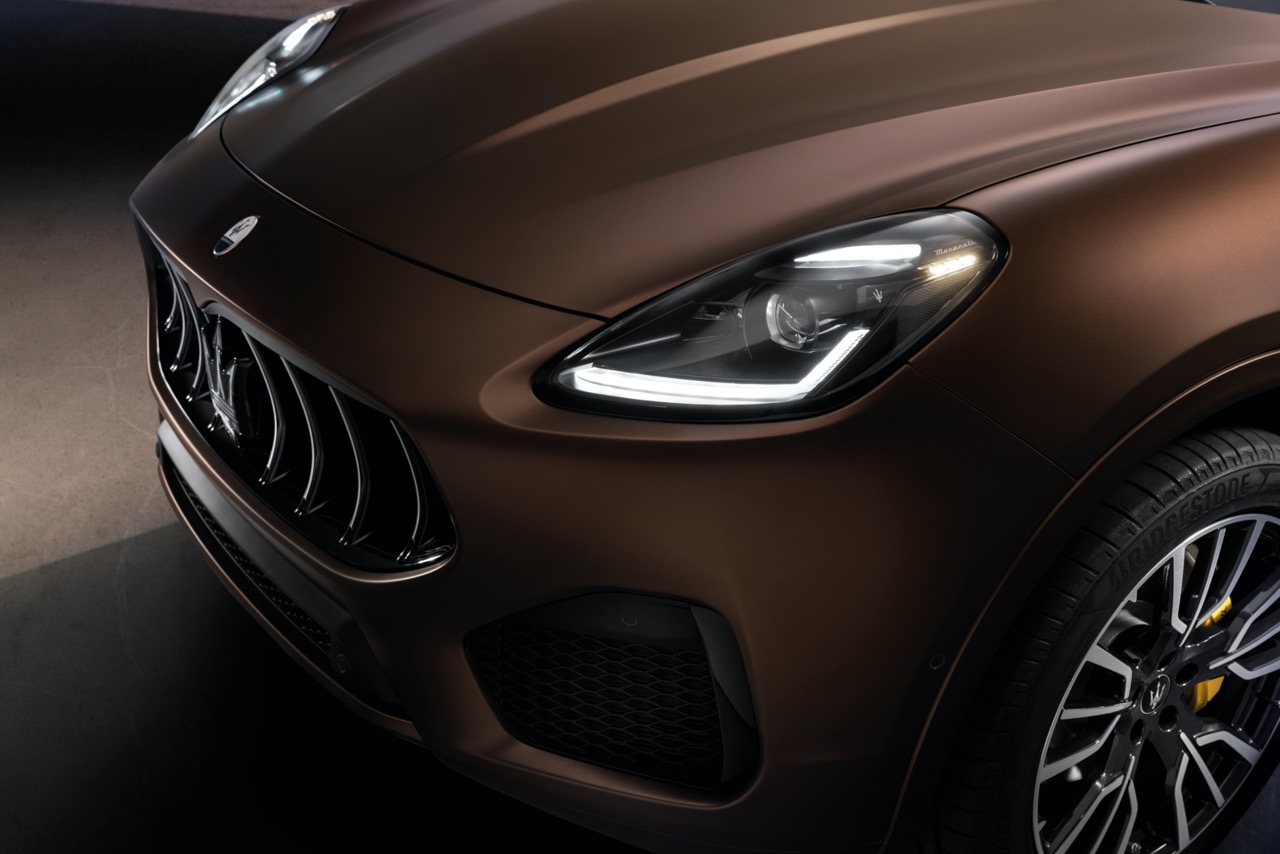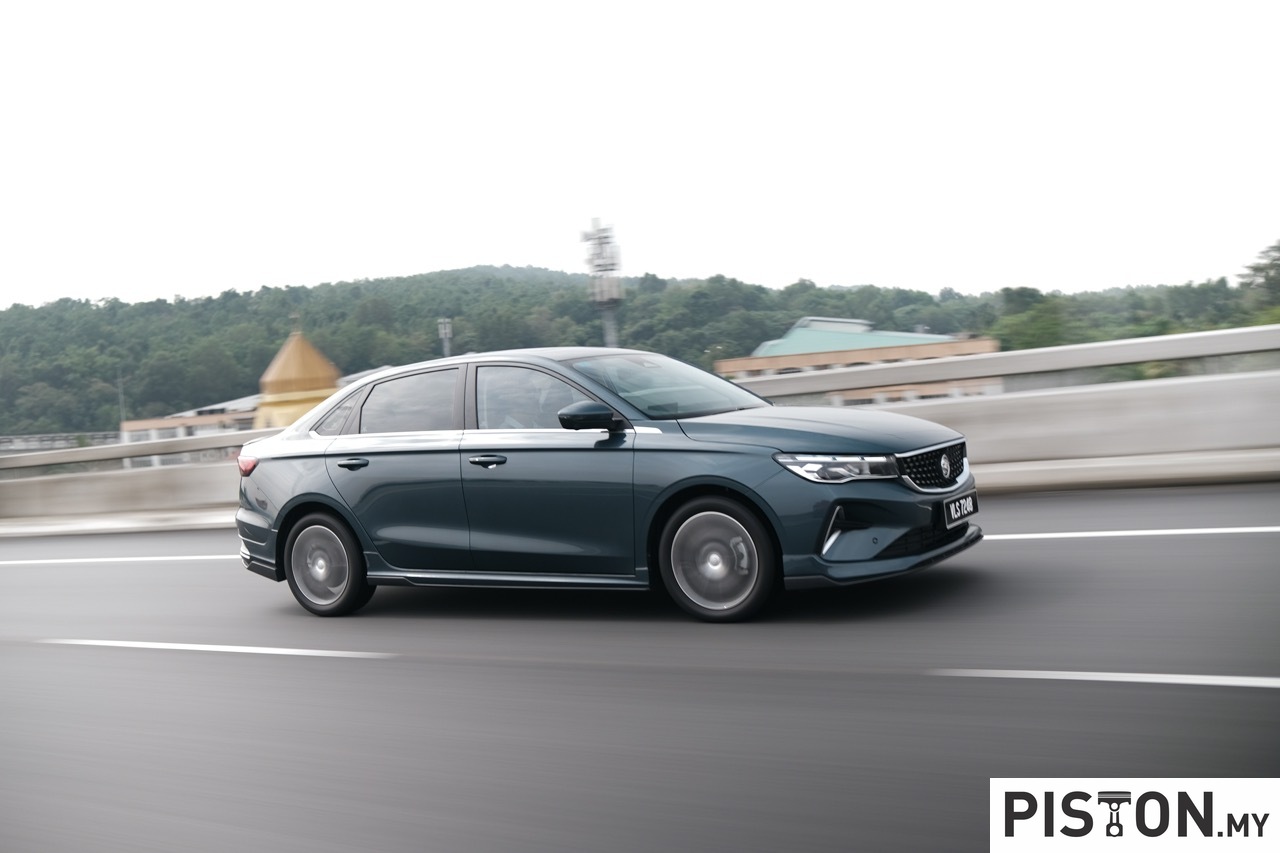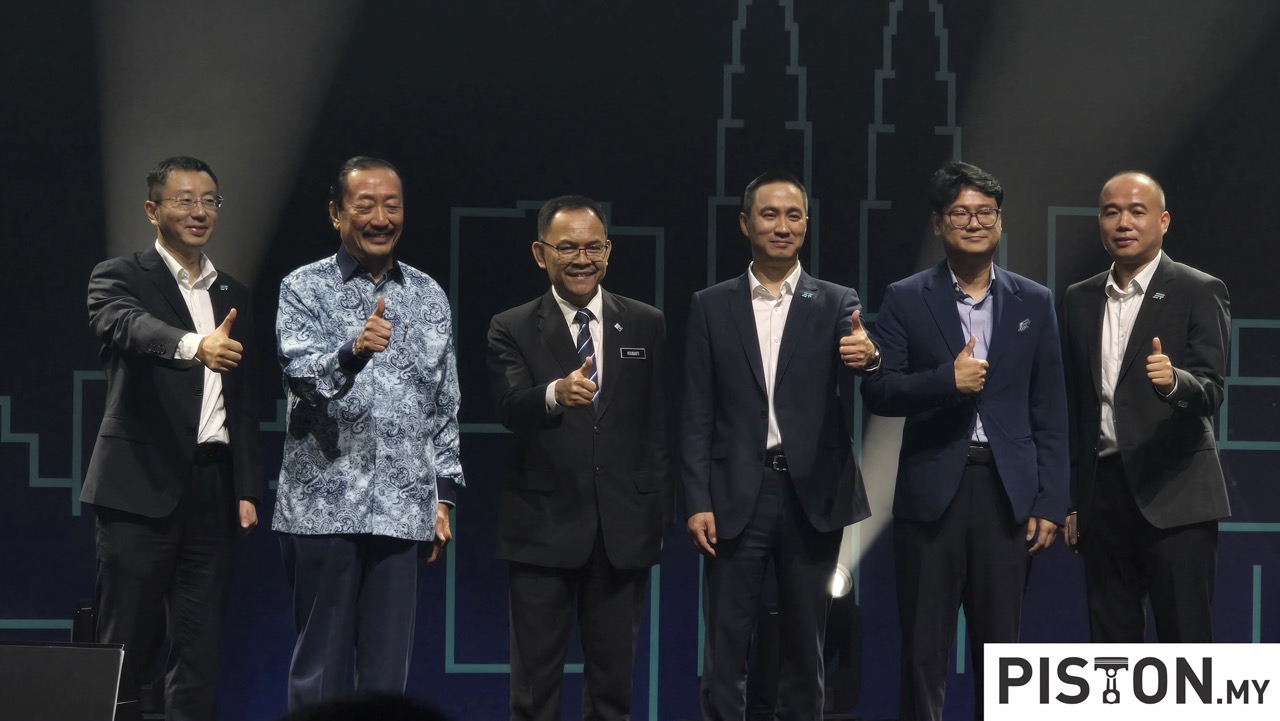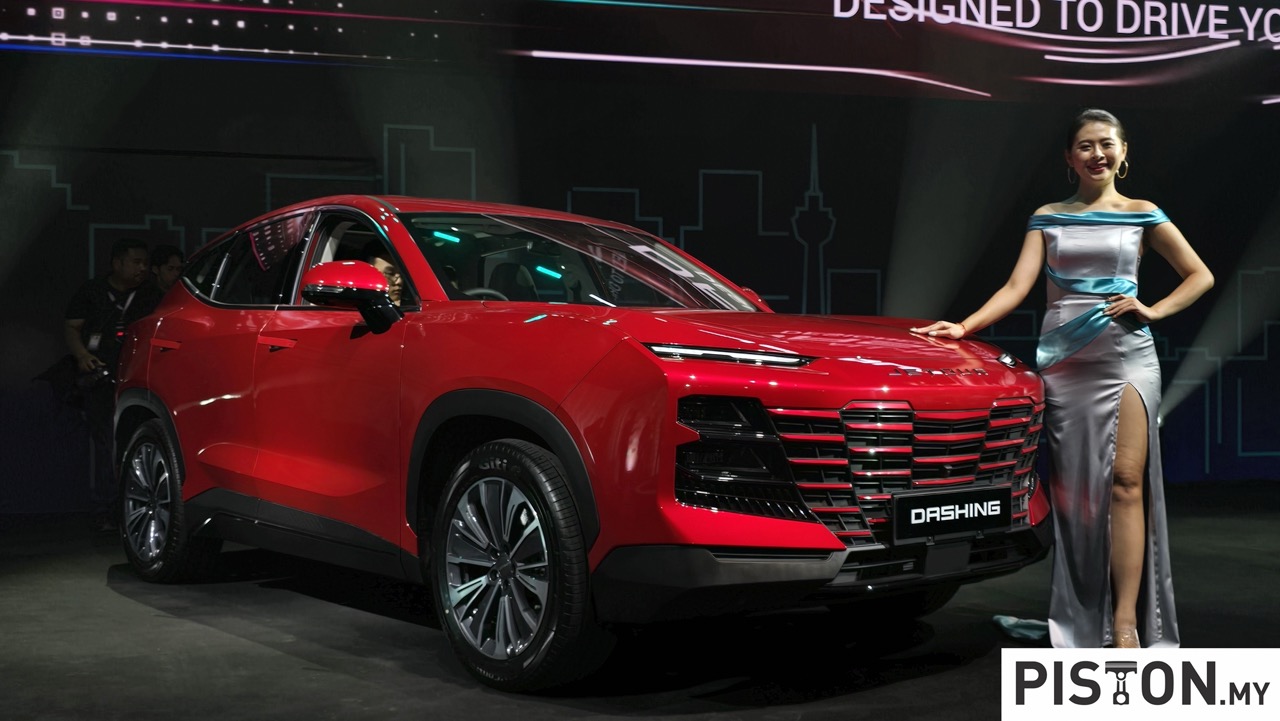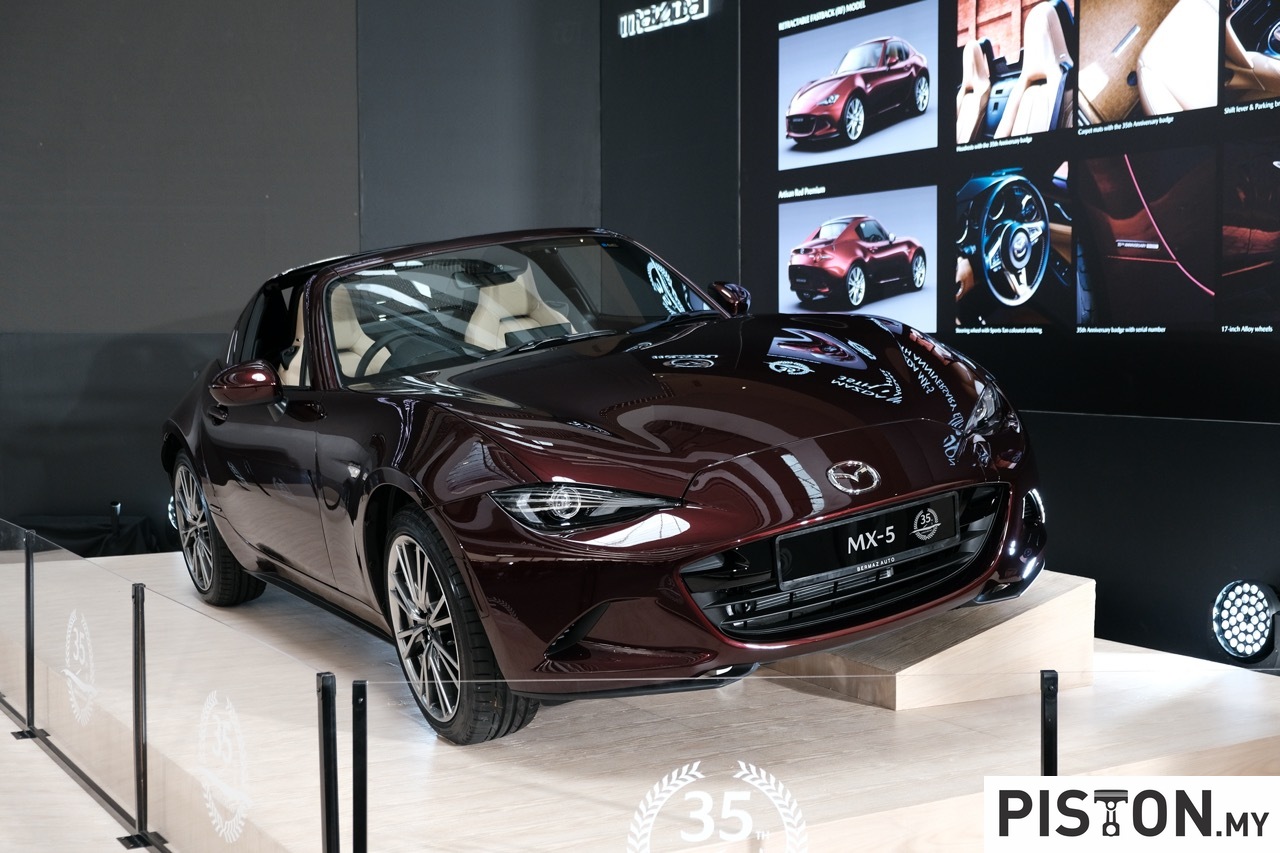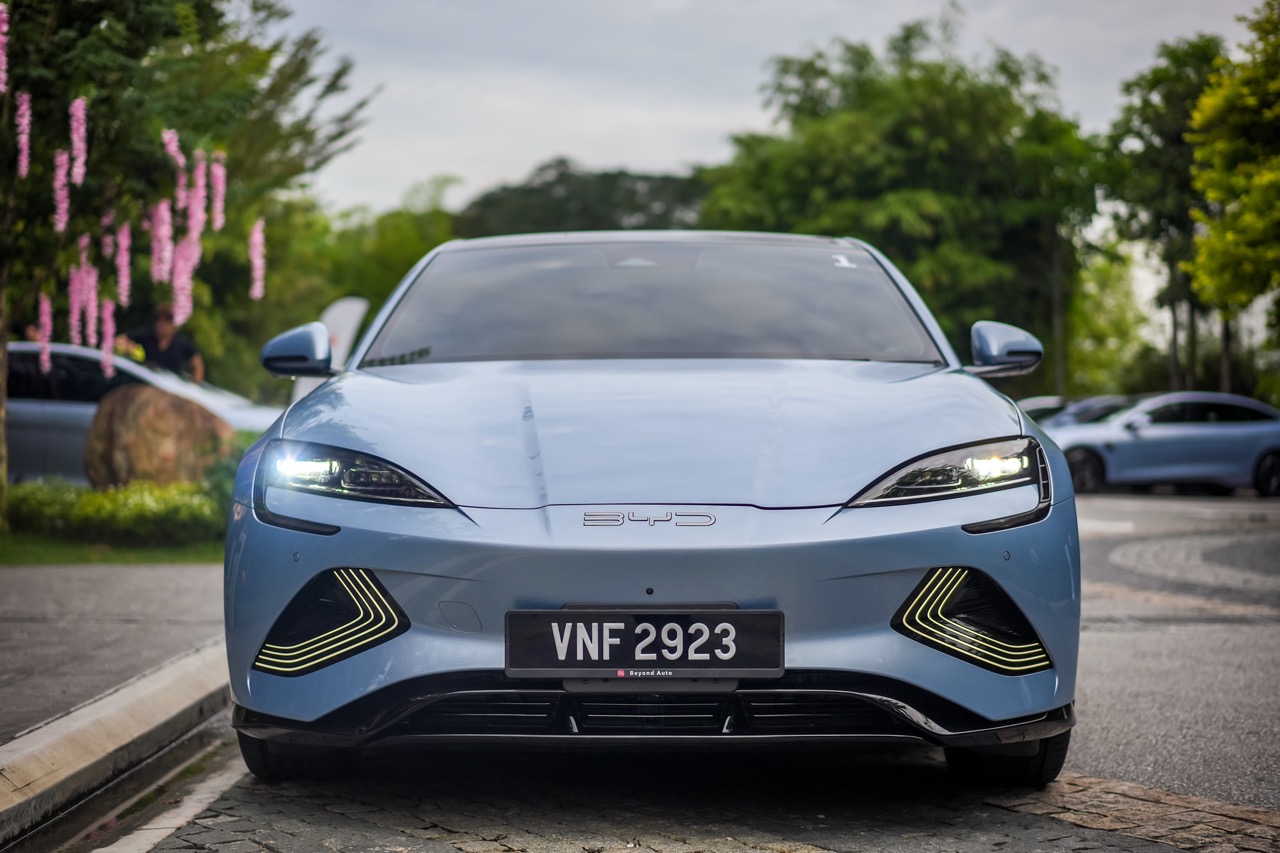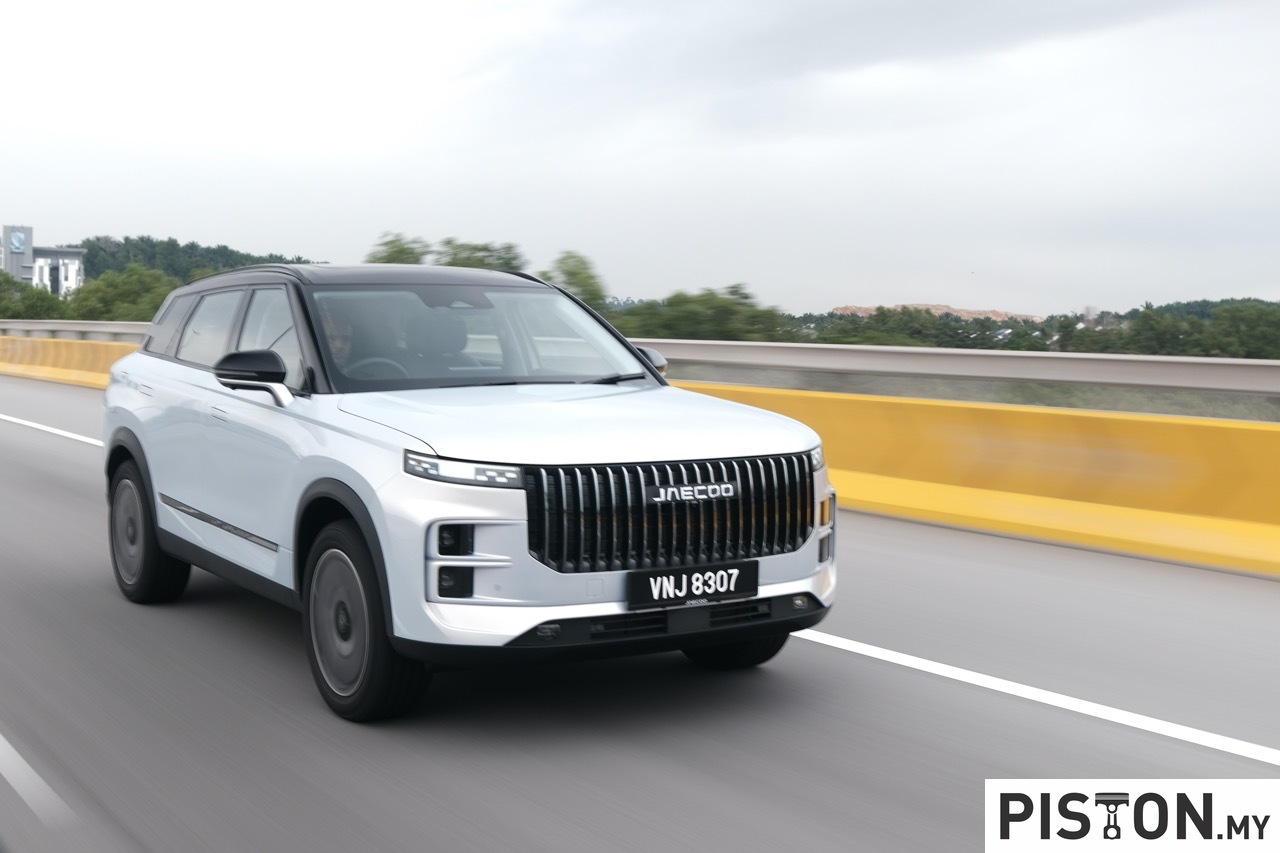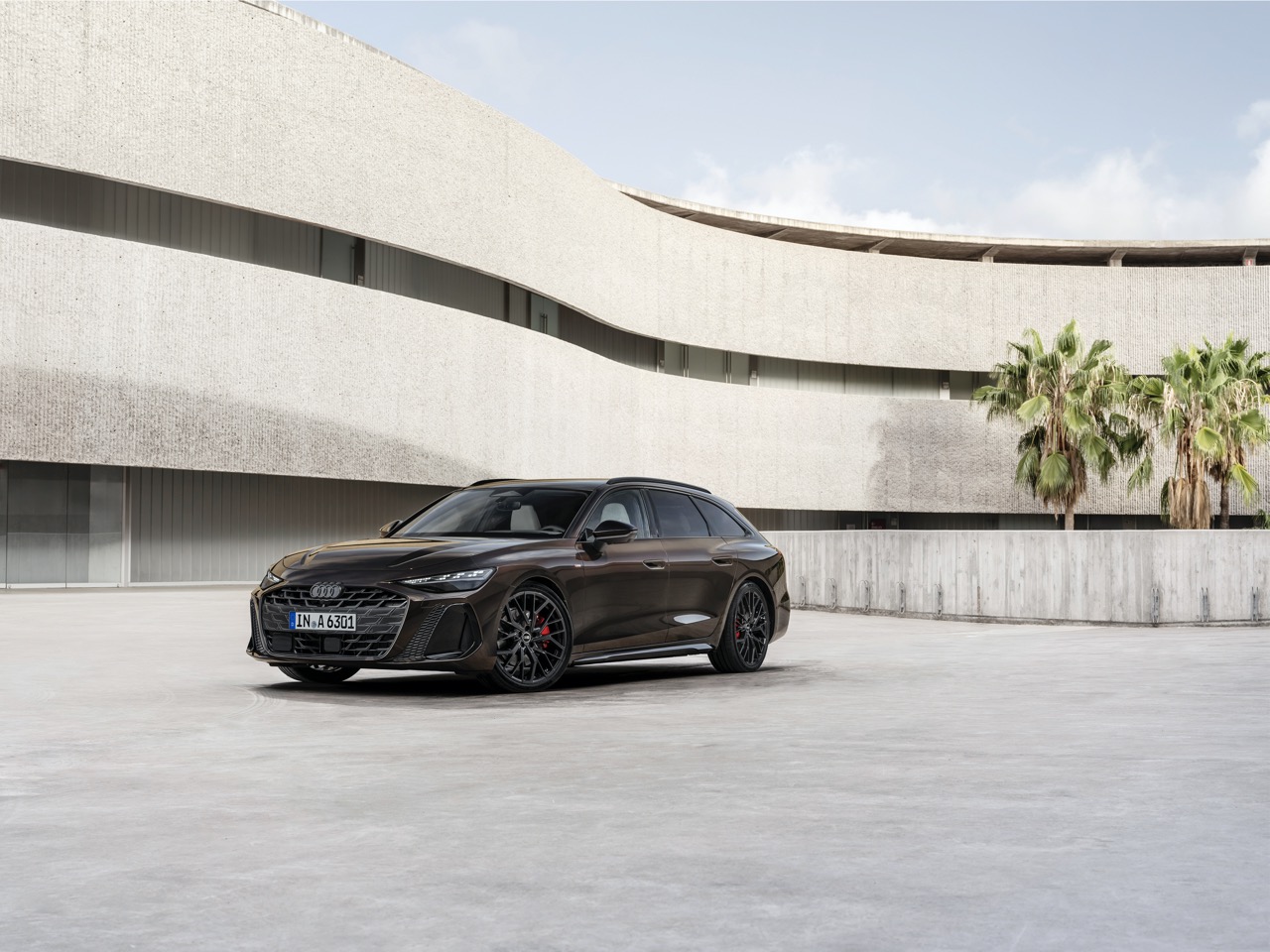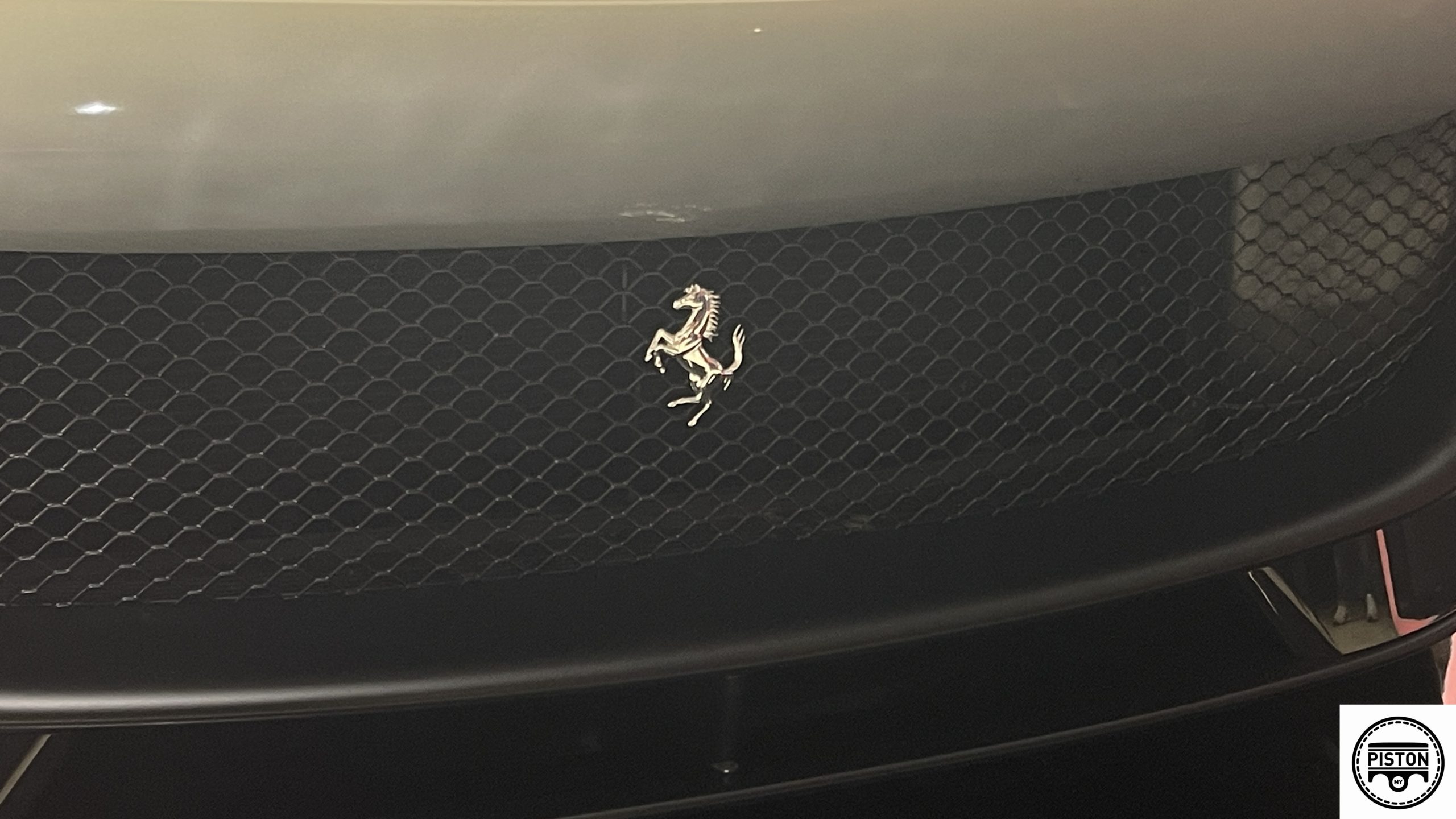
Mercedes-AMG doesn’t make boats and Cigarette Racing doesn’t make cars, but the two companies have collaborated on many projects where the carmaker’s high-performance automotive expertise has been used to make Cigarette Racing’s boats (by the way, the 52-year old company doesn’t actually race) since 2007.
The 13th project is the all-new Cigarette 41’ Nighthawk AMG Black Series special edition boat which is associated with, and draws inspiration from, the Mercedes-AMG GT Black Series. This boat joins a range of exclusive special edition performance boats, with the claim of exclusivity and craftsmanship unlike any other performance boat in its segment.
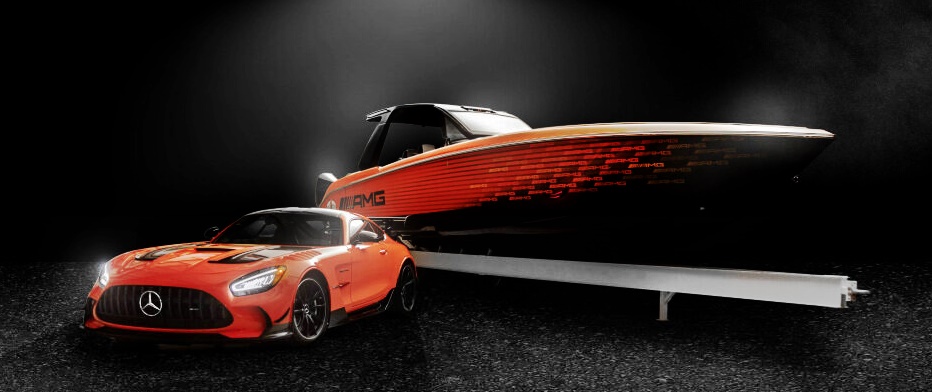
The 41’ Nighthawk AMG Black Series Edition draws on Cigarette’s advanced engineering, utilizing cutting-edge elements such as a unique twin-step hull design to deliver its remarkable on-water performance. A low centre of gravity, which improves handling, and light overall weight, which improves speed, have been achieved using a completely carbonfibre deck and an all carbonfibre hardtop design. Intelligent use of composite materials and proprietary construction techniques improve structural integrity, delivering enhanced ride comfort and composed handling characteristics in even the most demanding conditions.
High performance over water
The boat’s design is where Mercedes-AMG was largely involved, with its team and Gorden Wagener, Chief Design Officer Daimler Group, translating the shared philosophies between the German carmaker and Cigarette. With its dramatic proportions, benchmark-setting power and striking design, the new Nighthawk AMG Black Series delivers Mercedes-AMG’s type of performance over water.
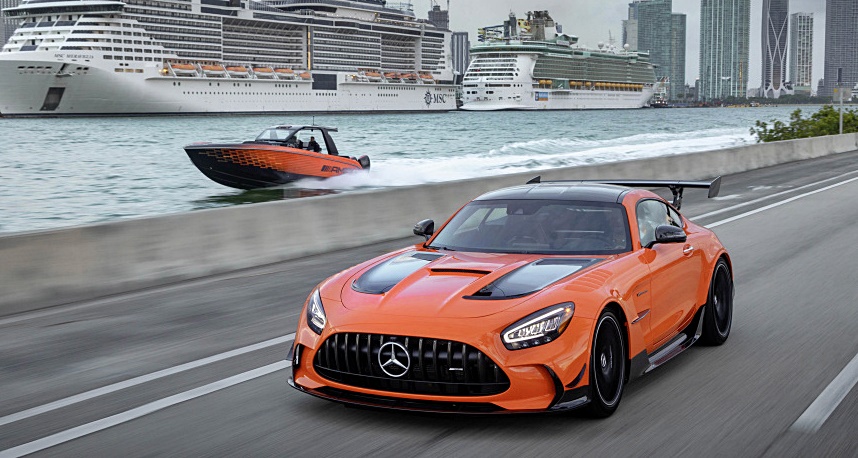
The special edition boat sets new standards in performance within its segment. For example, it is the first in its model range to feature 5 racing-grade outboard engines. These five 4.6-litre V8 Mercury Racing 450R outboard engines create an industry-leading 450 peak propshaft horsepower each, and are controlled via an advanced shadowing throttle system, which allows only two levers to be used to control all 5 engines simultaneously.
The combined 2,250 hp output accelerates this special edition boat to a top speed of more than 145 km/h. Nowhere as fast as the top speed of the car which is 325 km/h but an impressively high speed for a boat. This is an achievement of particularly high significance for a boat in this large centre console segment which can comfortably hold more than ten people and still feature exceptional luxury amenities.
Magmabeam colour theme from car
The eye-catching Magmabeam orange and black exterior of this special edition is influenced by the AMG GT Black Series, which debuted the Magmabeam exterior colour as an exclusive new option, as well as optional orange elements inside.
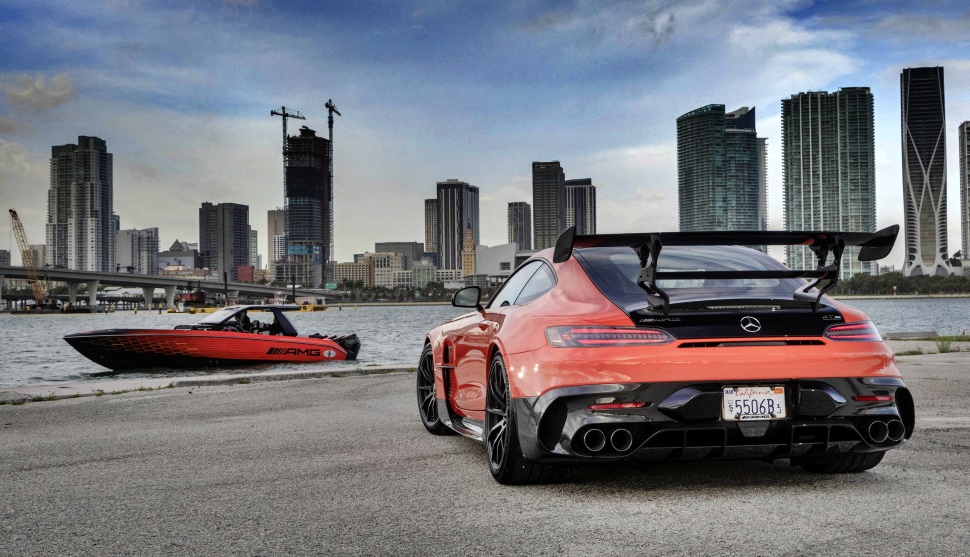
The Magmabeam orange and black colour scheme is further enhanced by small AMG logos painted towards the bow of the boat in a repeating pattern. The logos are not decals and each one has been individually painted. The centre trim pieces of the engine cowlings are also painted in Magmabeam orange, uniting the distinctive aesthetic from bow to stern.
The layout of the Cigarette 41’ Nighthawk AMG Black Series focuses around a central console with a helm and cabin in the centre of the boat, with the ability to walk around on both sides, and an open bow for seating up front. Part of what makes the Cigarette Racing Team centre console unique is its advanced hull design, incorporating a highly refined ‘twin step’ design that makes the boat dramatically more efficient.
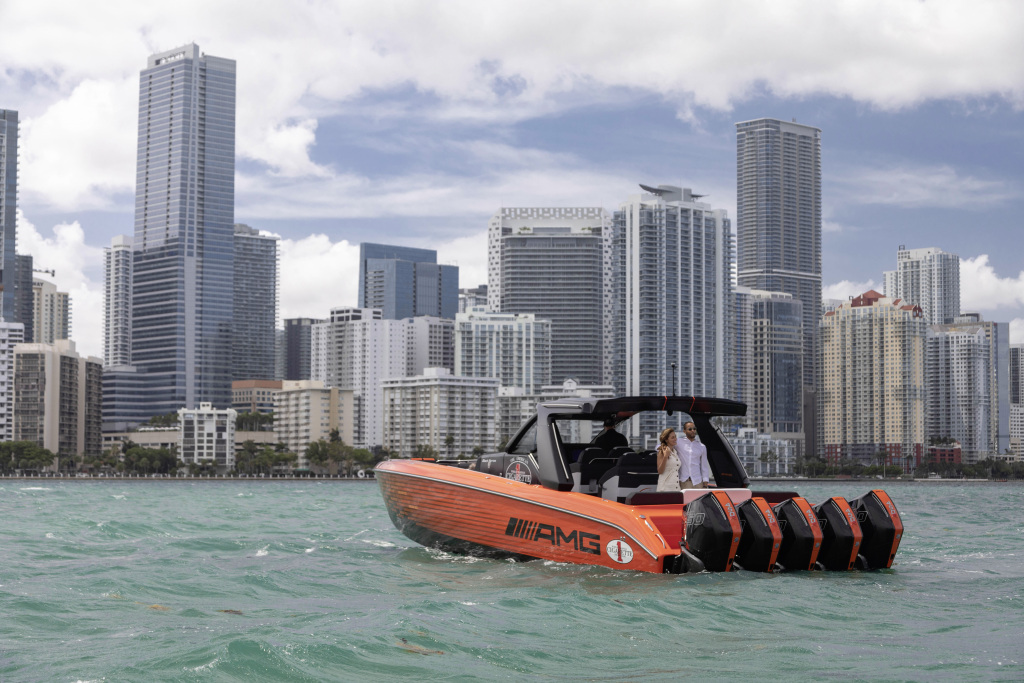
Attention to detail within
The exceptional attention to detail is also found inside where the colour theme is primarily grey and black, with distinctive orange detailing. The vessel also features the unique Cigarette Cool upholstery, which dissipates heat so that dark colours can remain comfortable, even when exposed to consistent sun and heat while cruising.
The forward helm seating consists of two rows (three seats per row), with the front row featuring height adjustability, enabling the captain to achieve an ideal yet personalized seat height for spirited boating. This helm seating layout is advantageous for sporty cruising because you can have 6 people comfortably seated, forward facing, behind the central helm. There is an L-shaped lounge at the rear of the boat, and U-shaped seating at the bow. This layout creates a boat that is not only sporty and agile but still offers the sort of entertainment and luxury that enhances its ability to cruise in comfort and relax with friends.
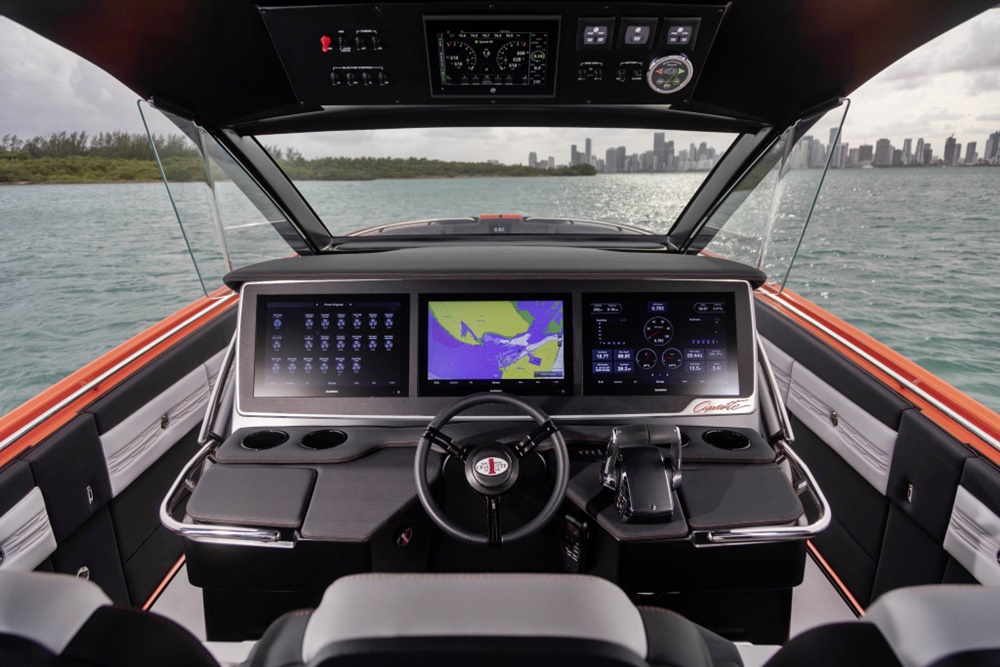
The helm features three Garmin 8617 multi-functional displays flush-mounted to an instrument panel CNC-cut from a solid block of aluminium. This protective coated instrument panel is resistant to heat, reflections and fingerprints, while the perimeter of the panel is uniquely lit by RGB LED accent lighting, providing a distinctive glow, creating the Illusion that the dash is floating. Passengers can feel secure, thanks to stainless steel grab bars and relax in total comfort with an ergonomic CNC-machined footrest.
The 41’ Nighthawk AMG Edition comes with an advanced control-interface design. Controlling the vessel’s features is accomplished through a sophisticated digital switching system. This system offers simple control of all systems onboard and also provides a performance benefit. By reducing the total weight of cables within the boat, the overall weight of the boat is also lowered, enabling higher performance. A lithium-ion battery pack further reduces weight, providing high power density, better durability and lower maintenance.
10 things about AMG you may not have known



